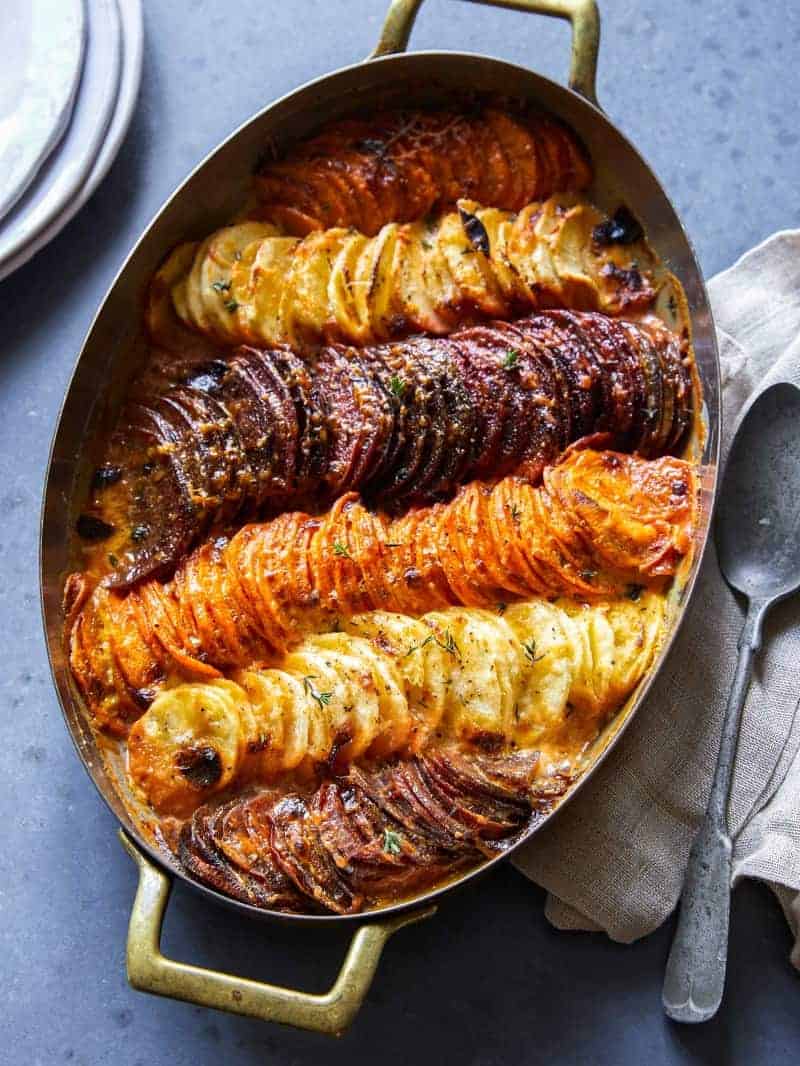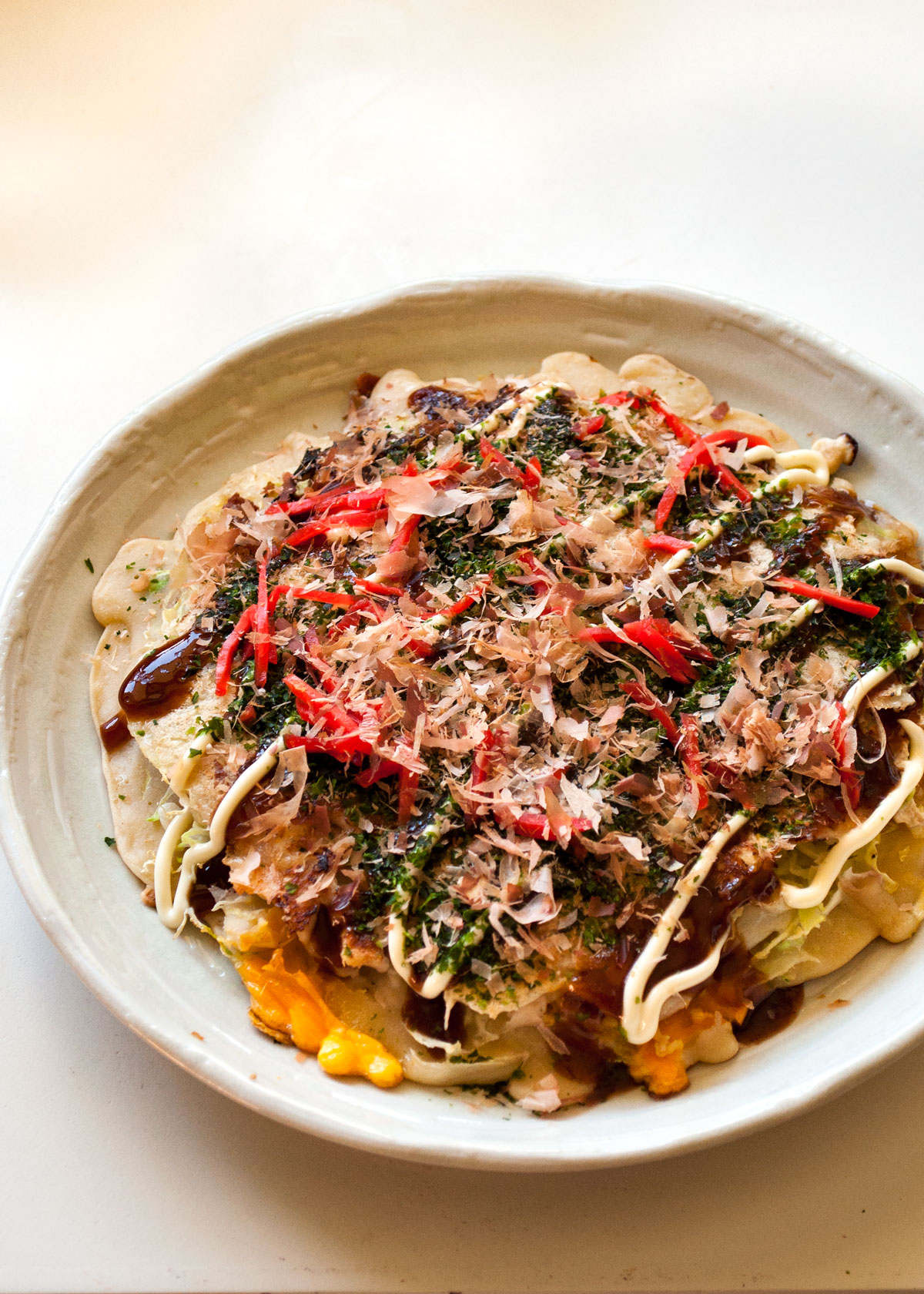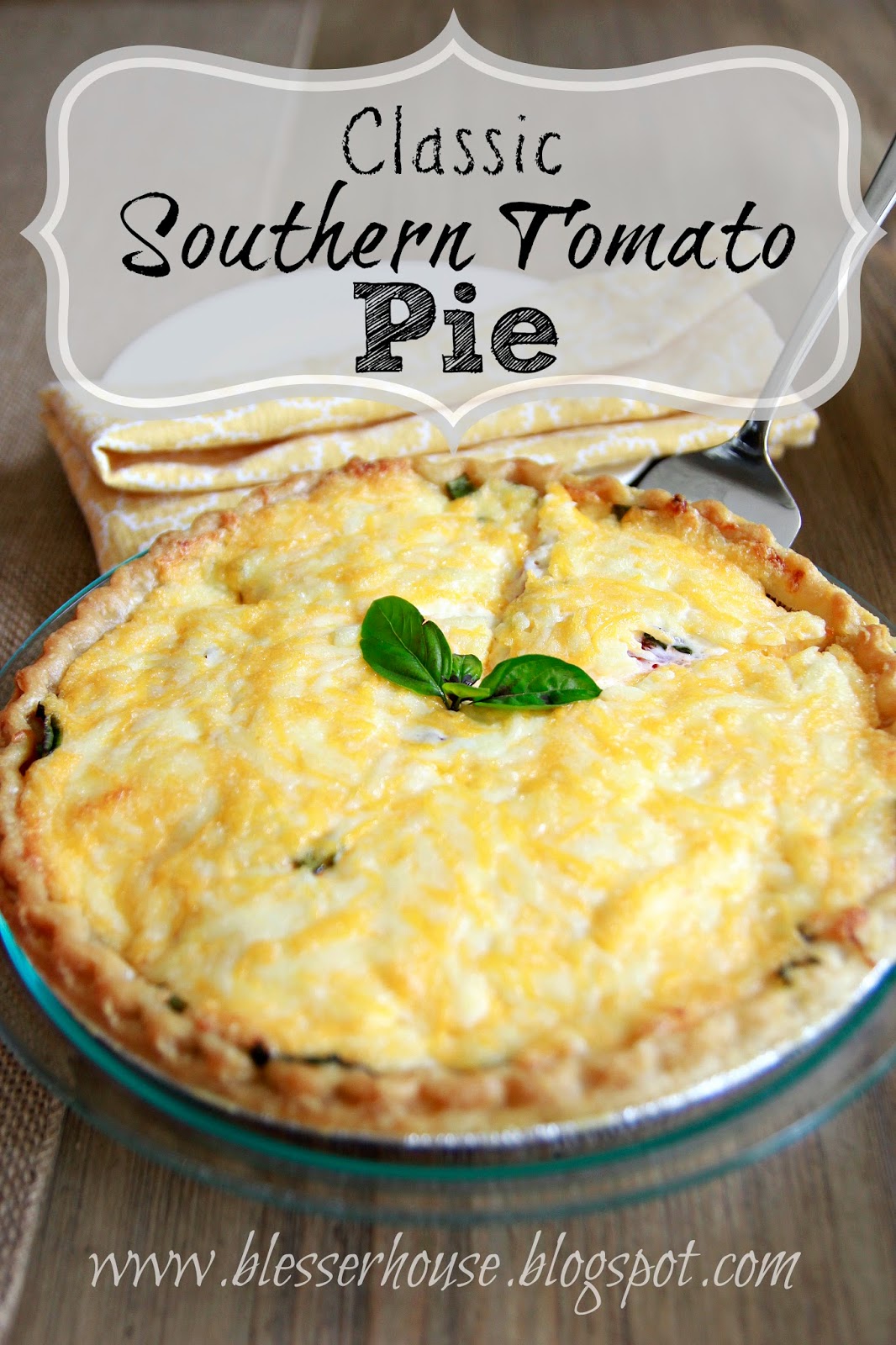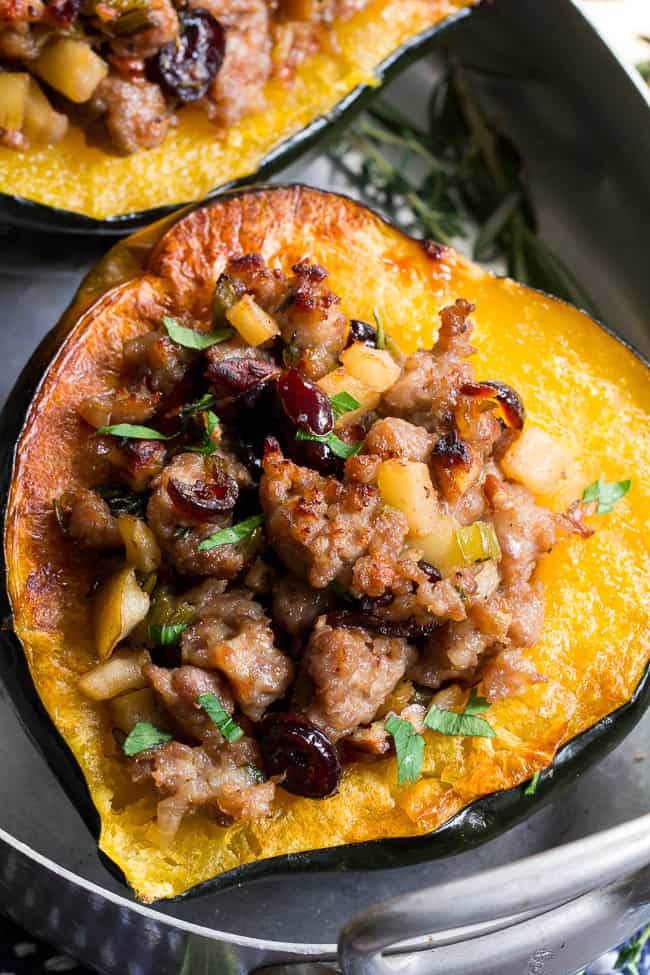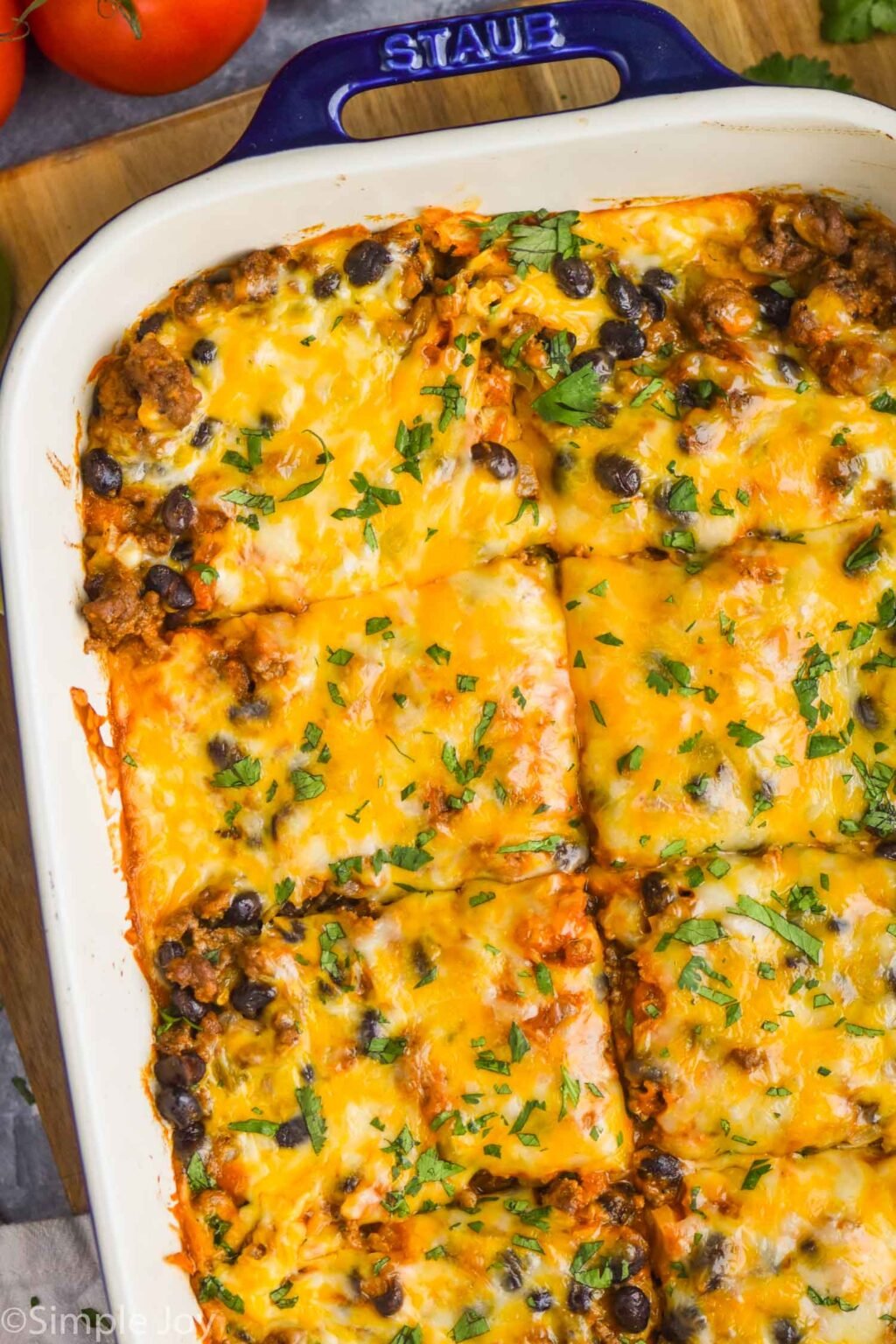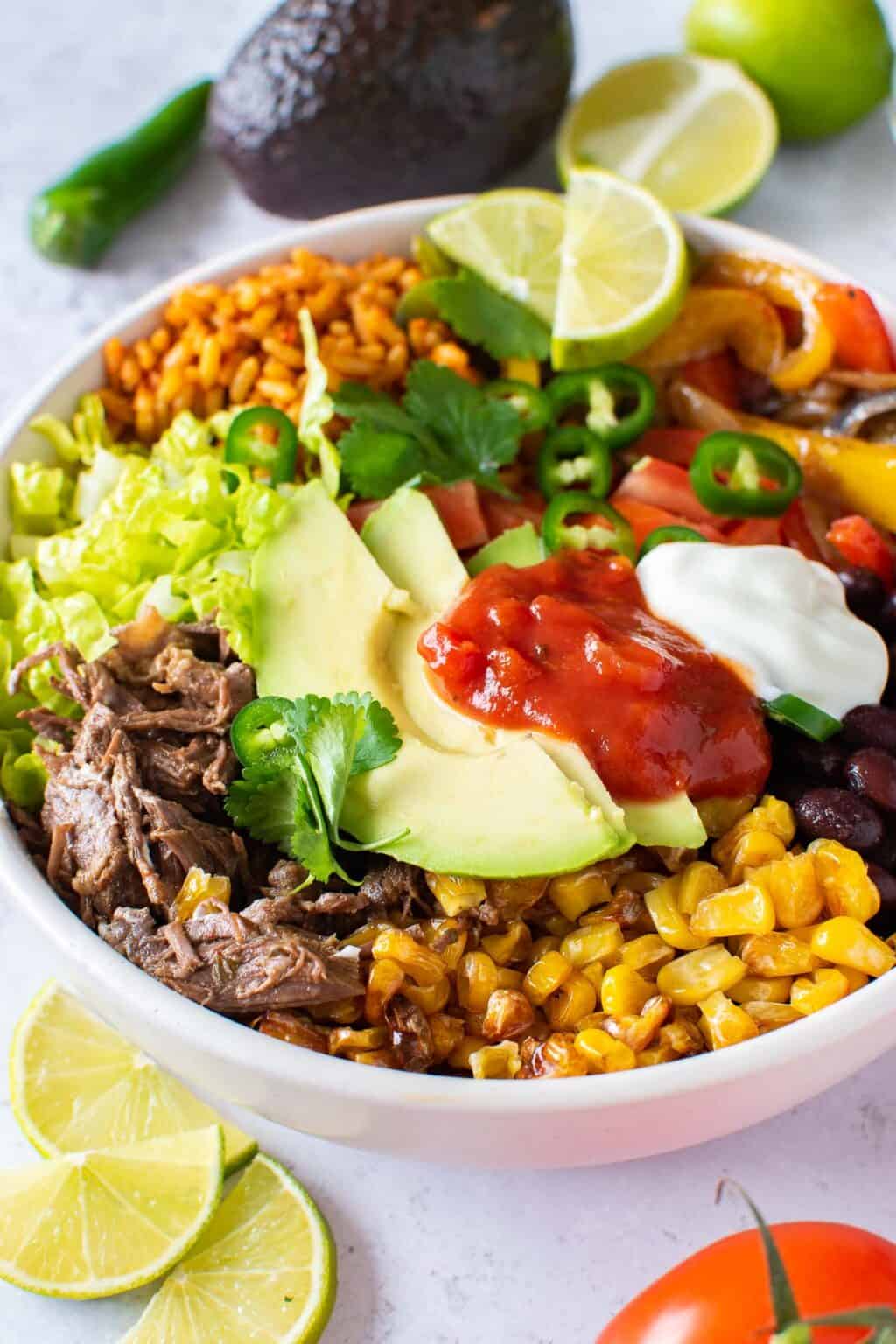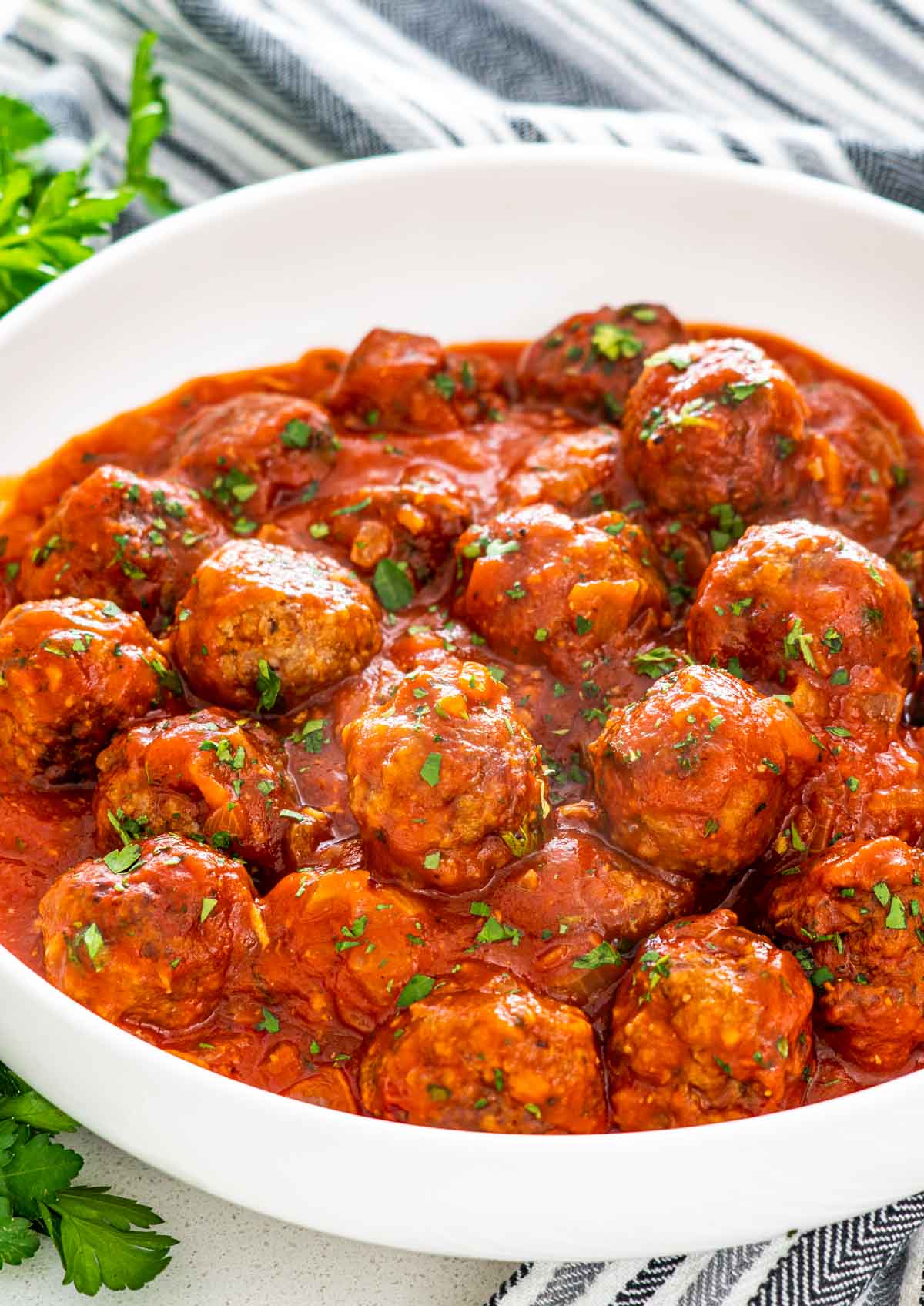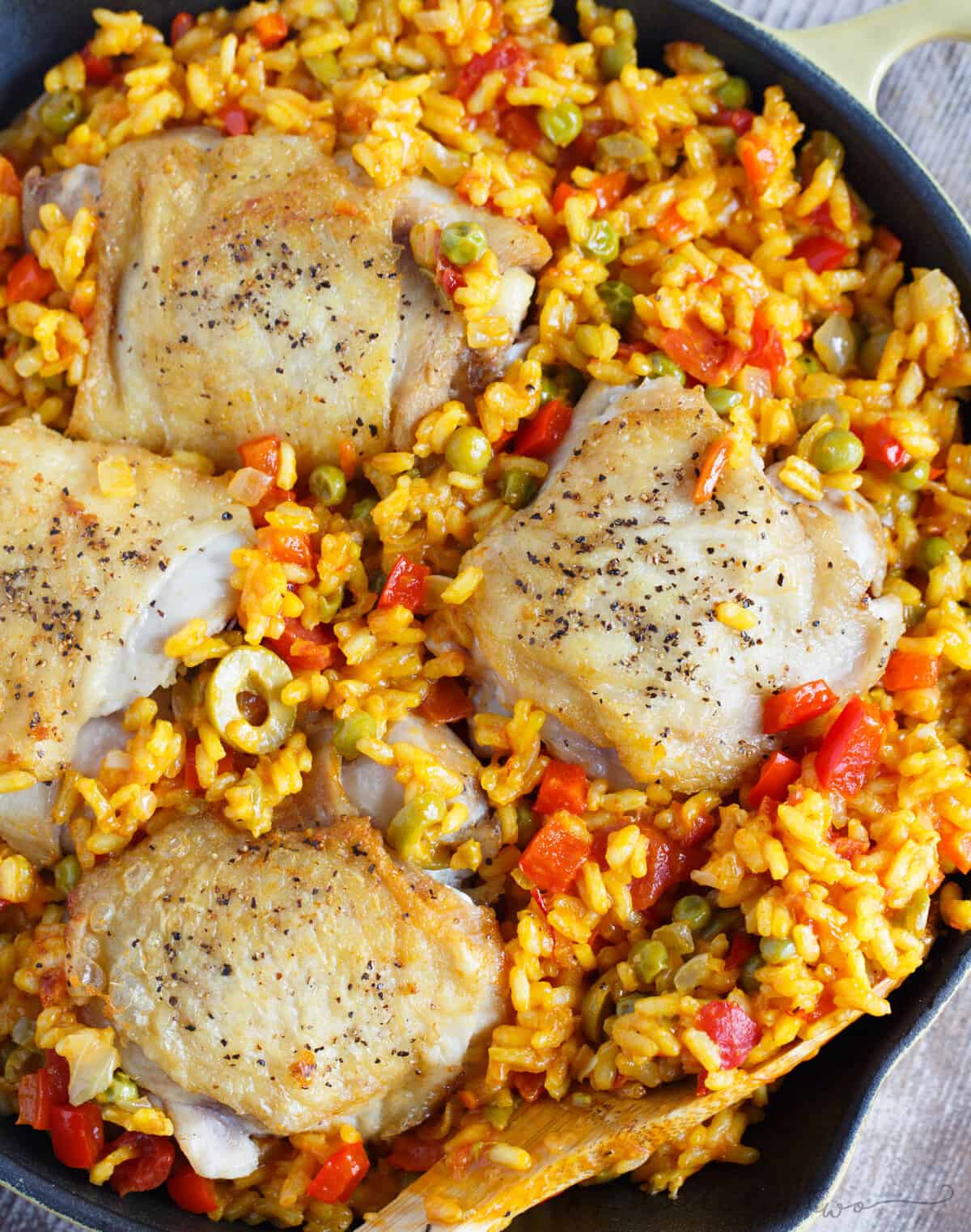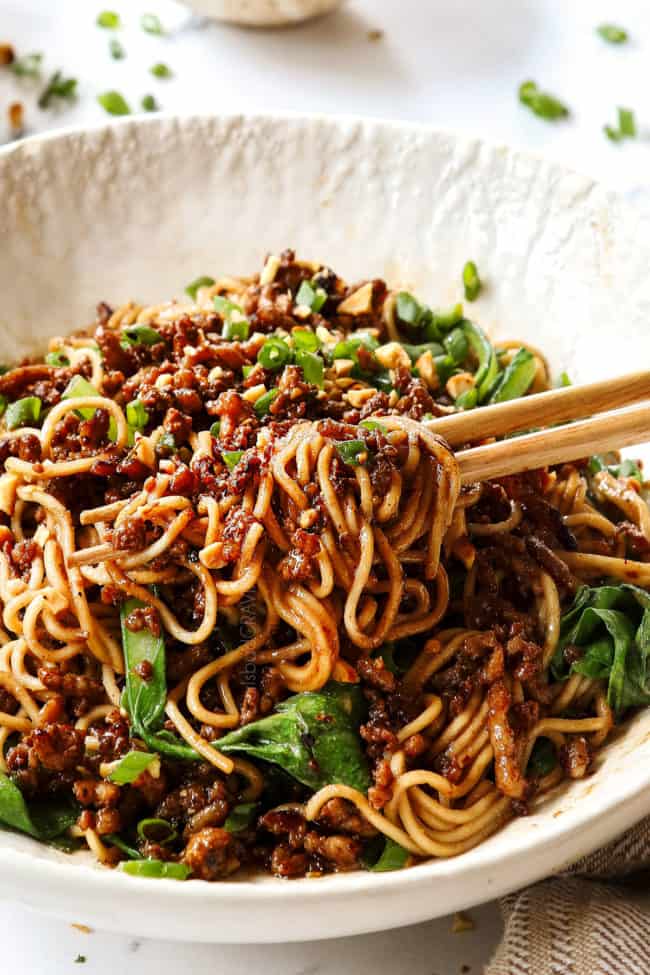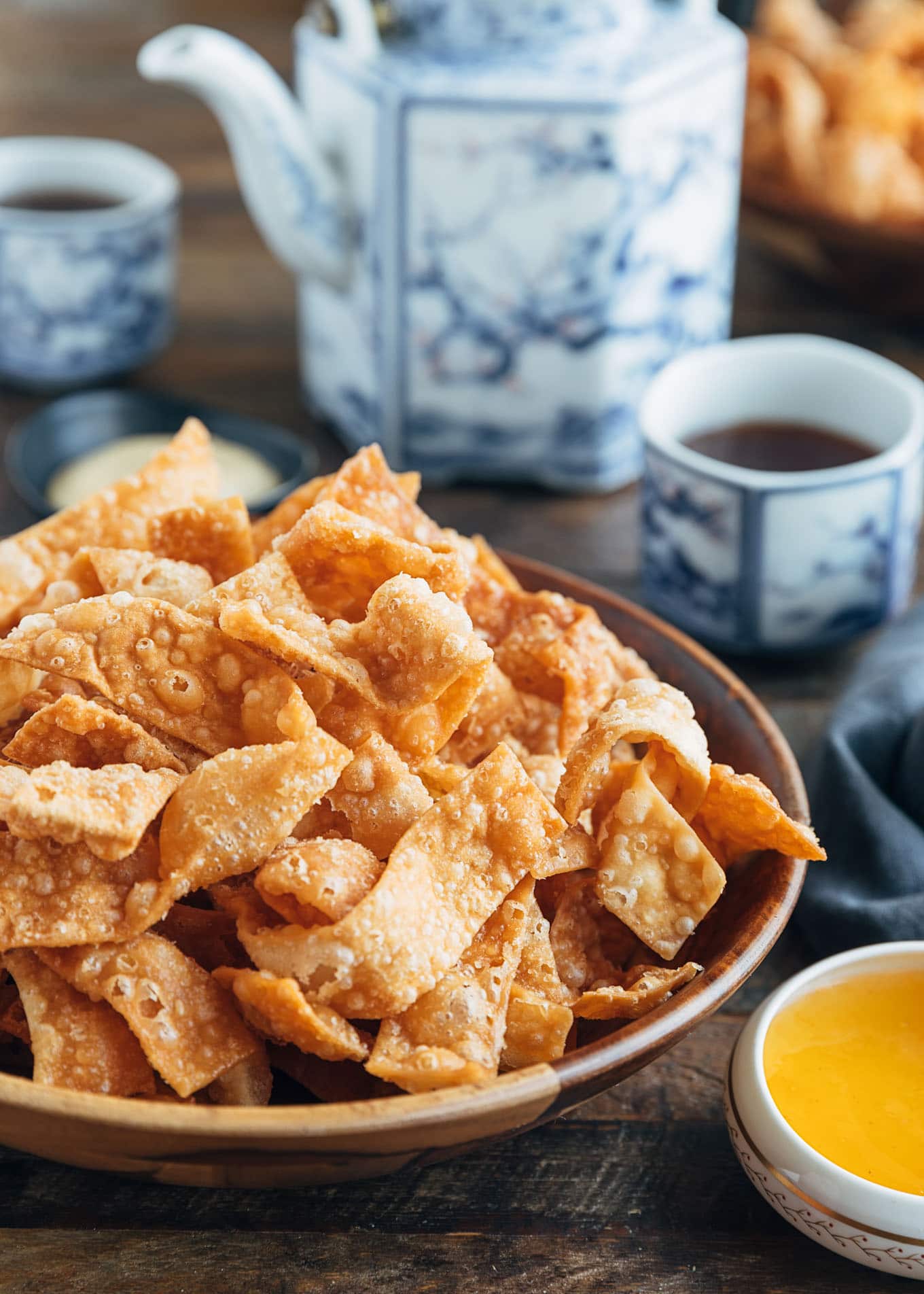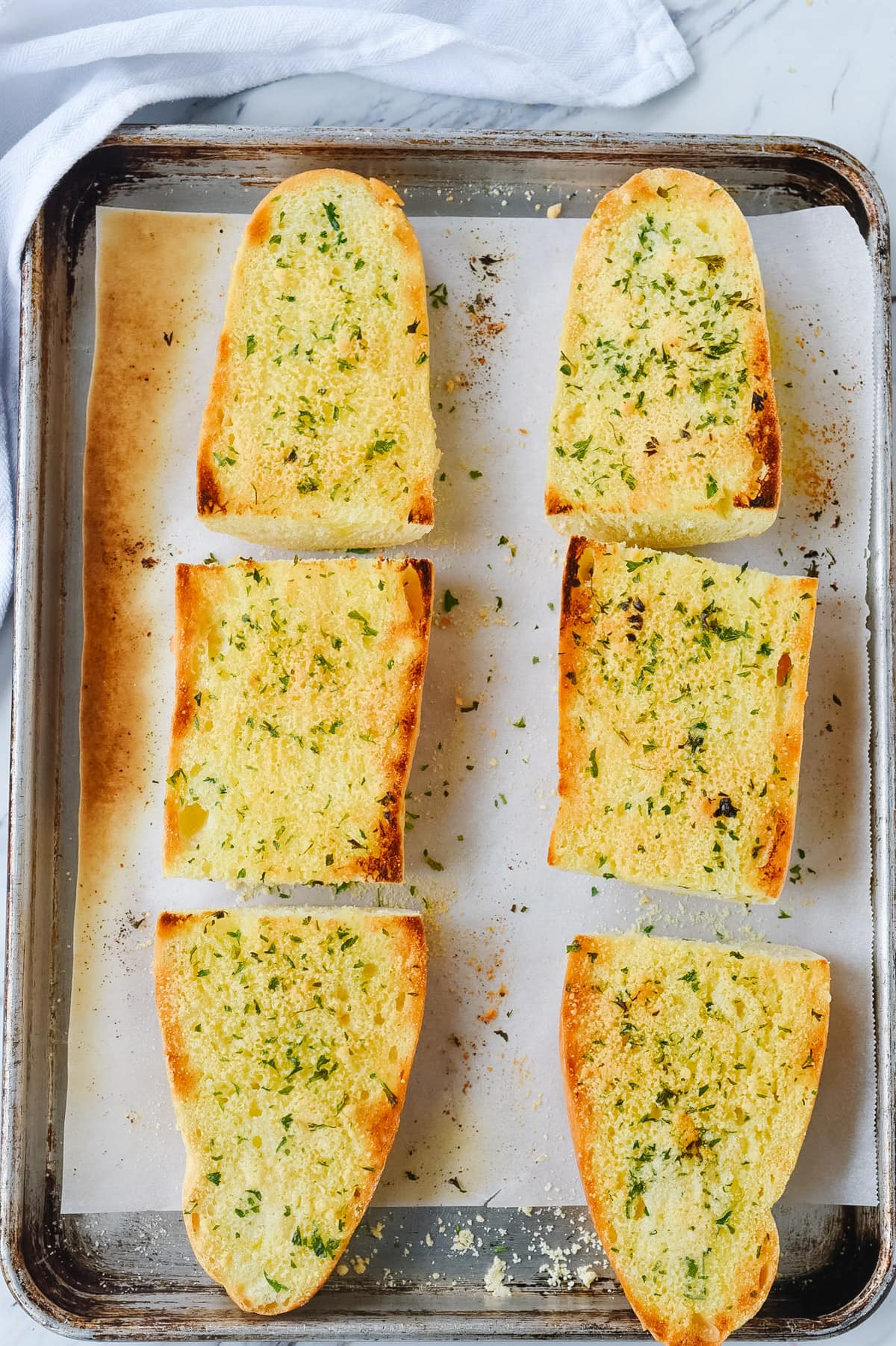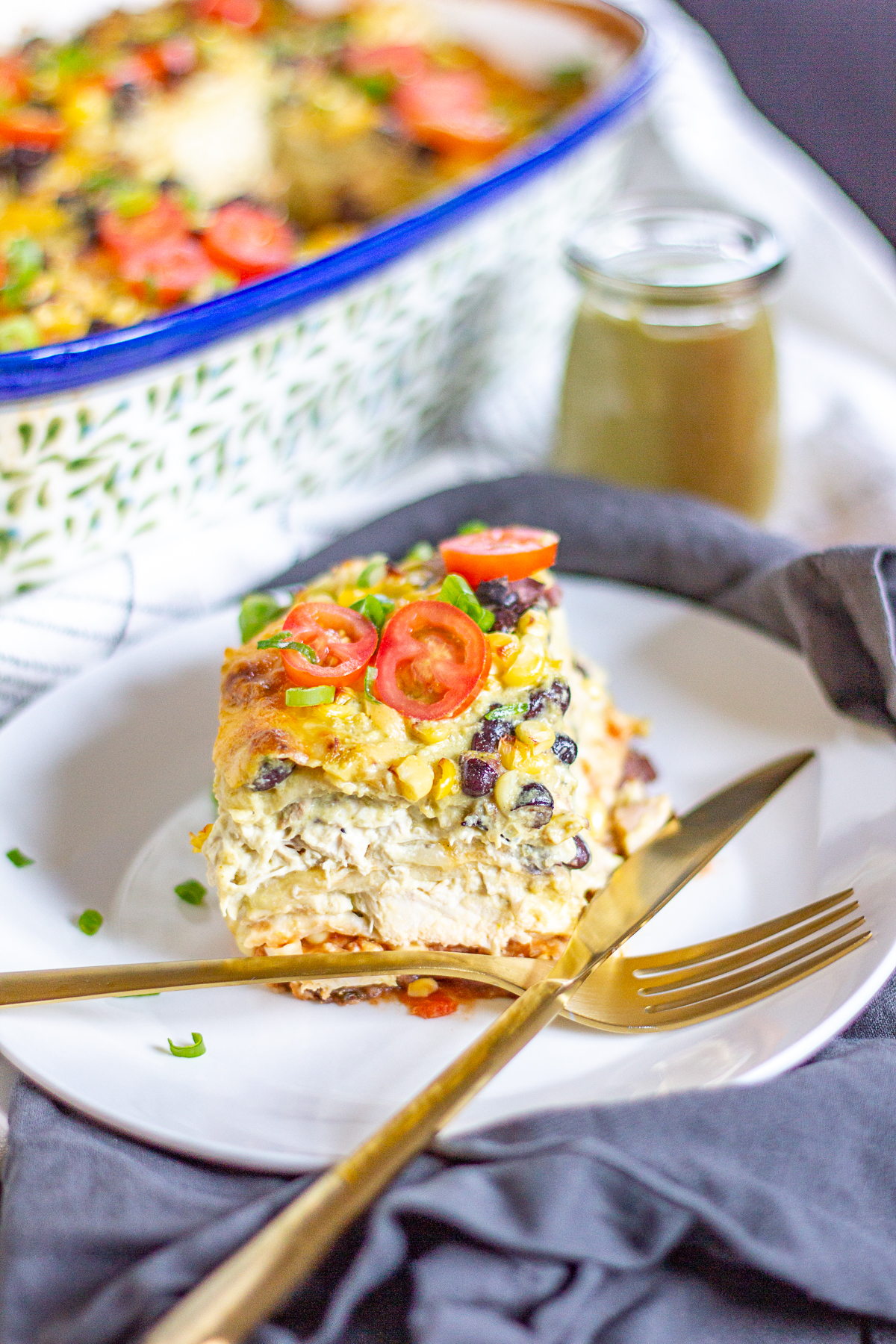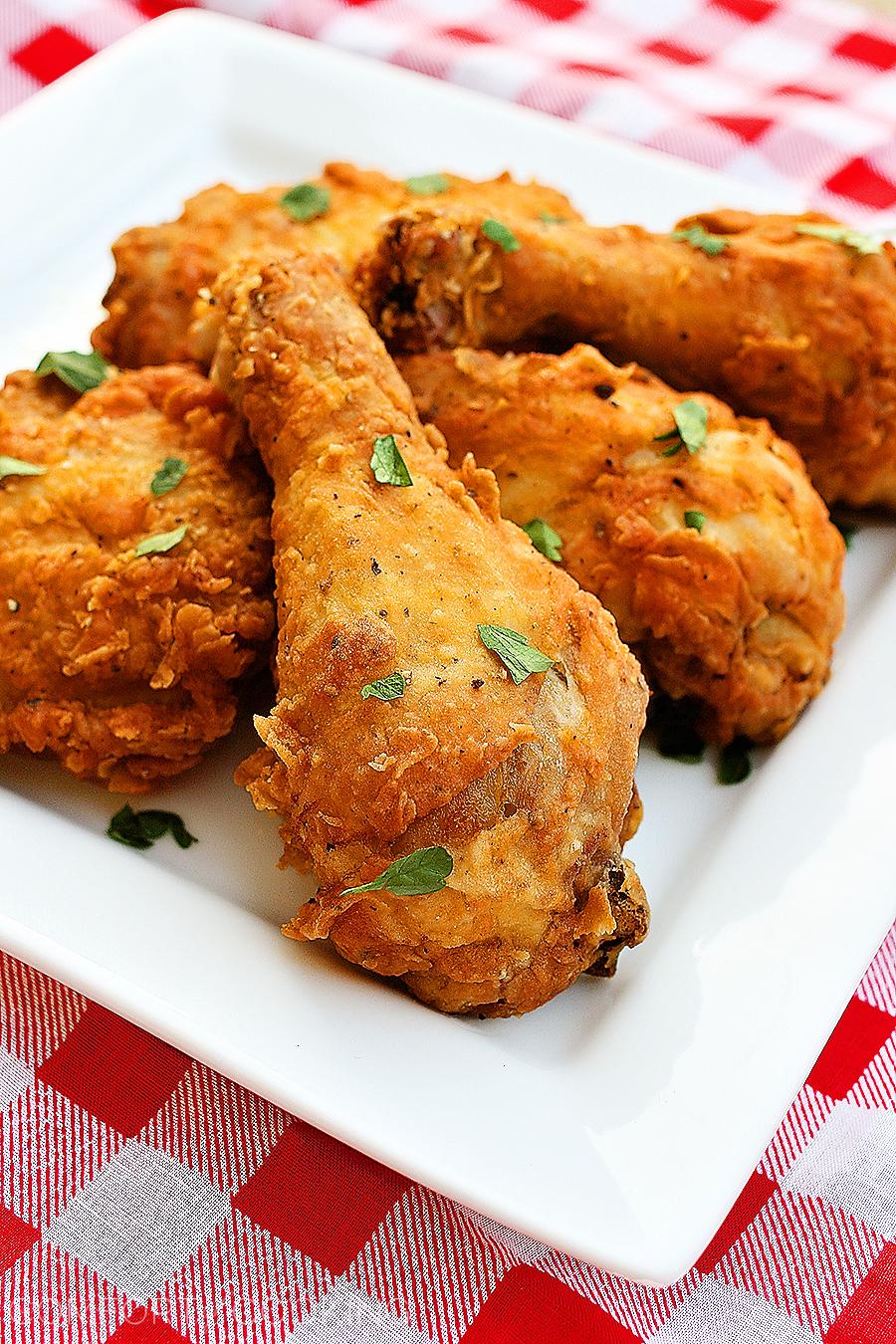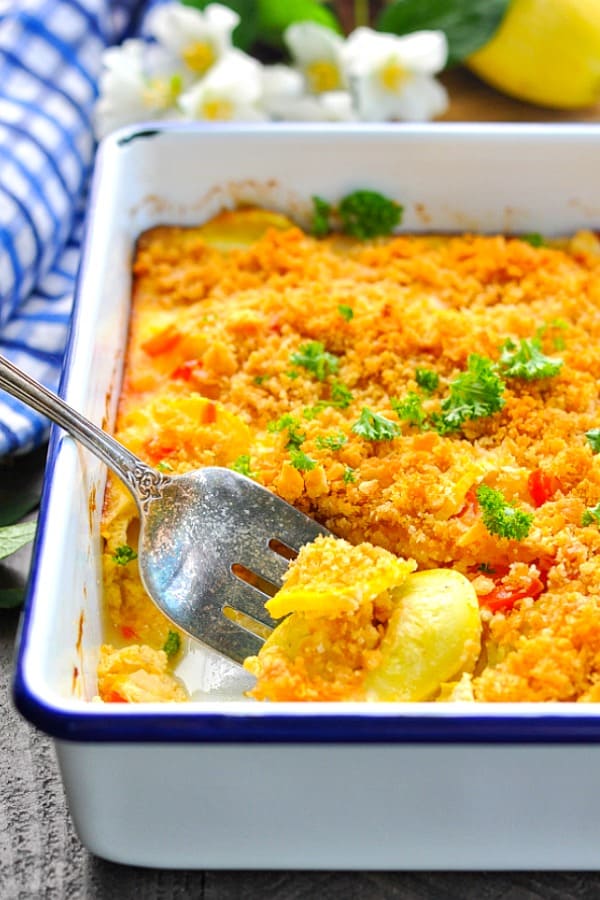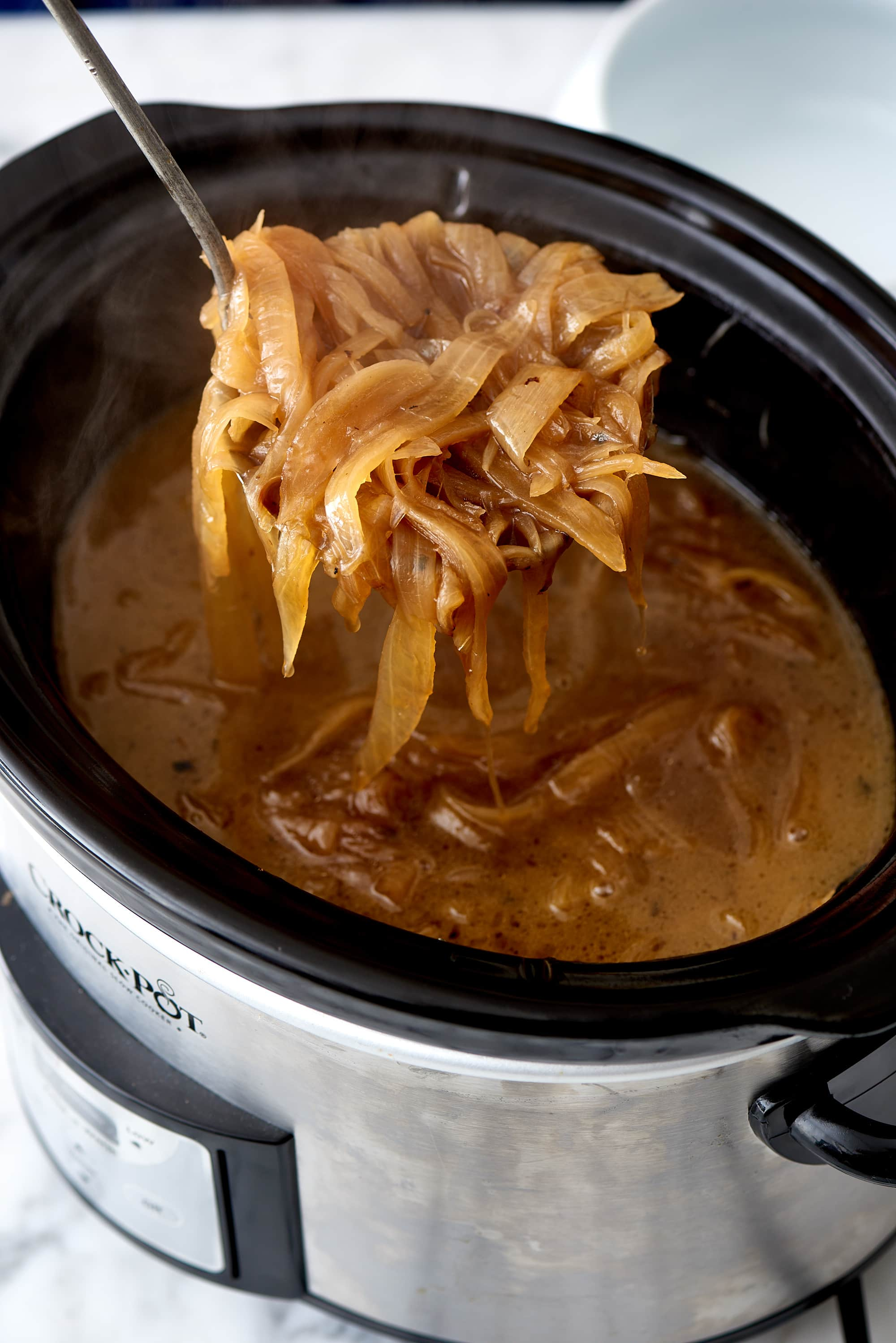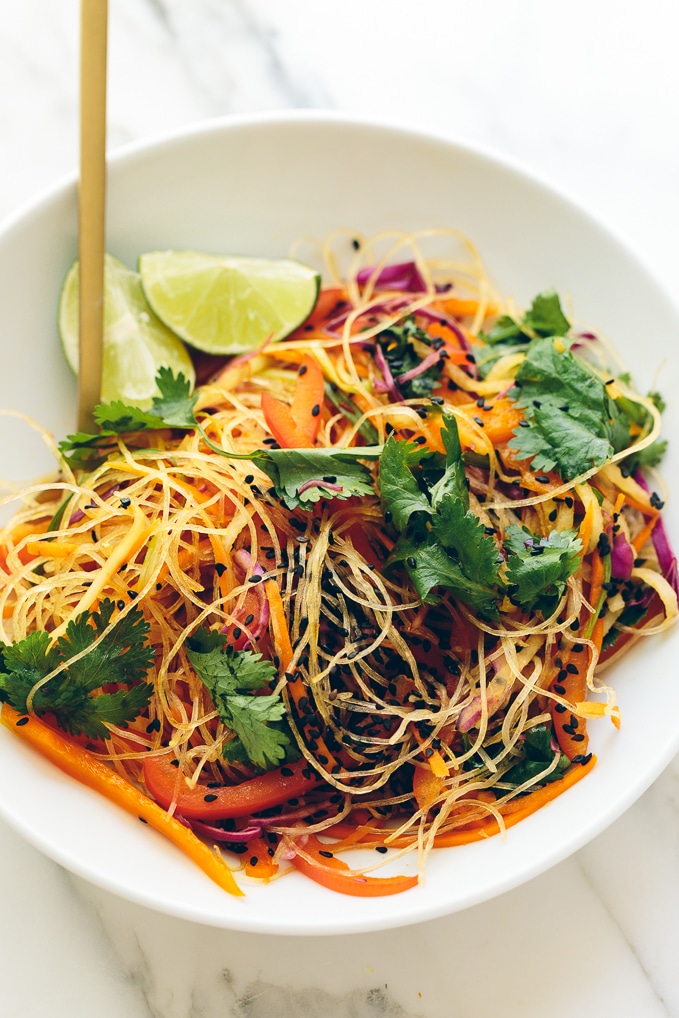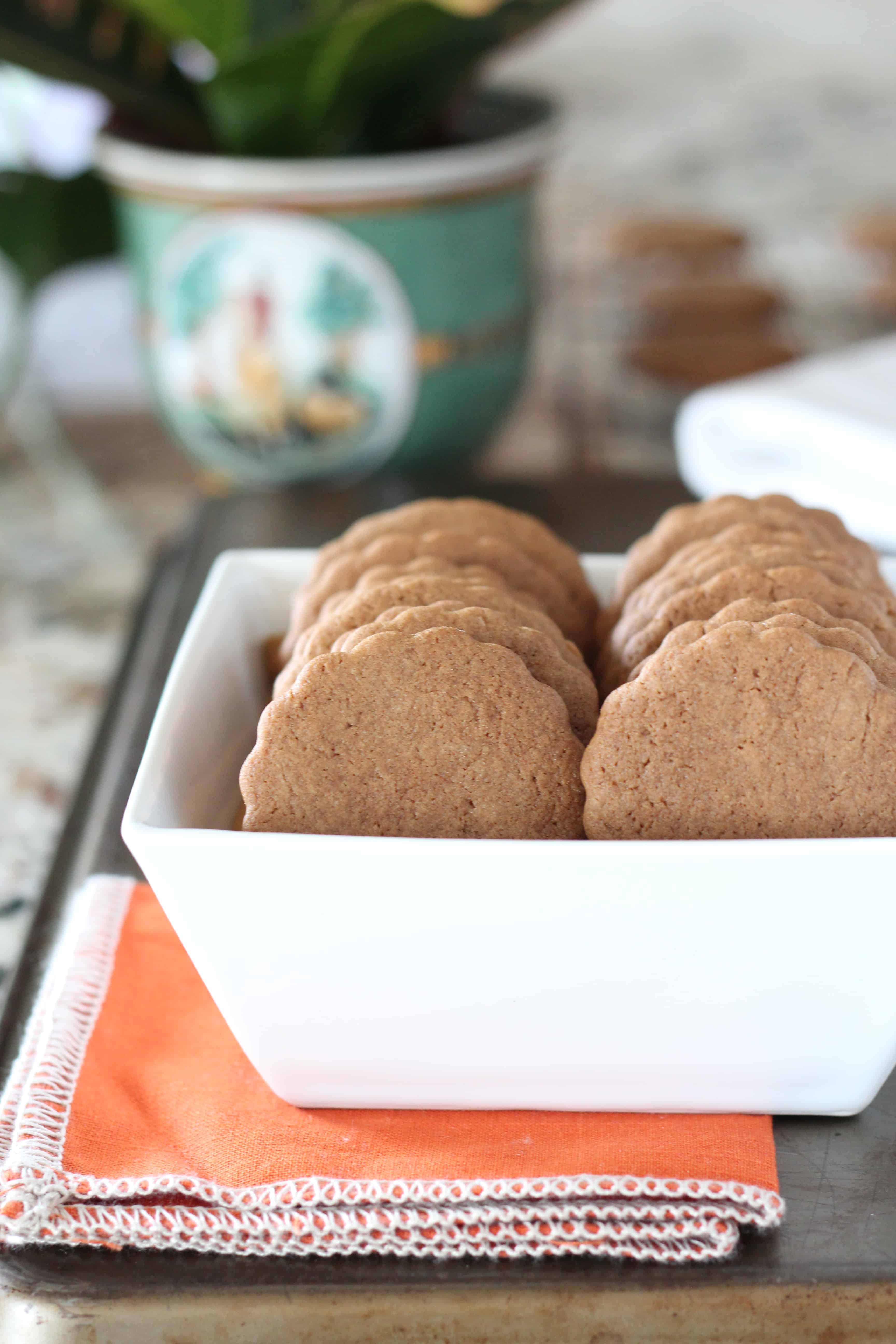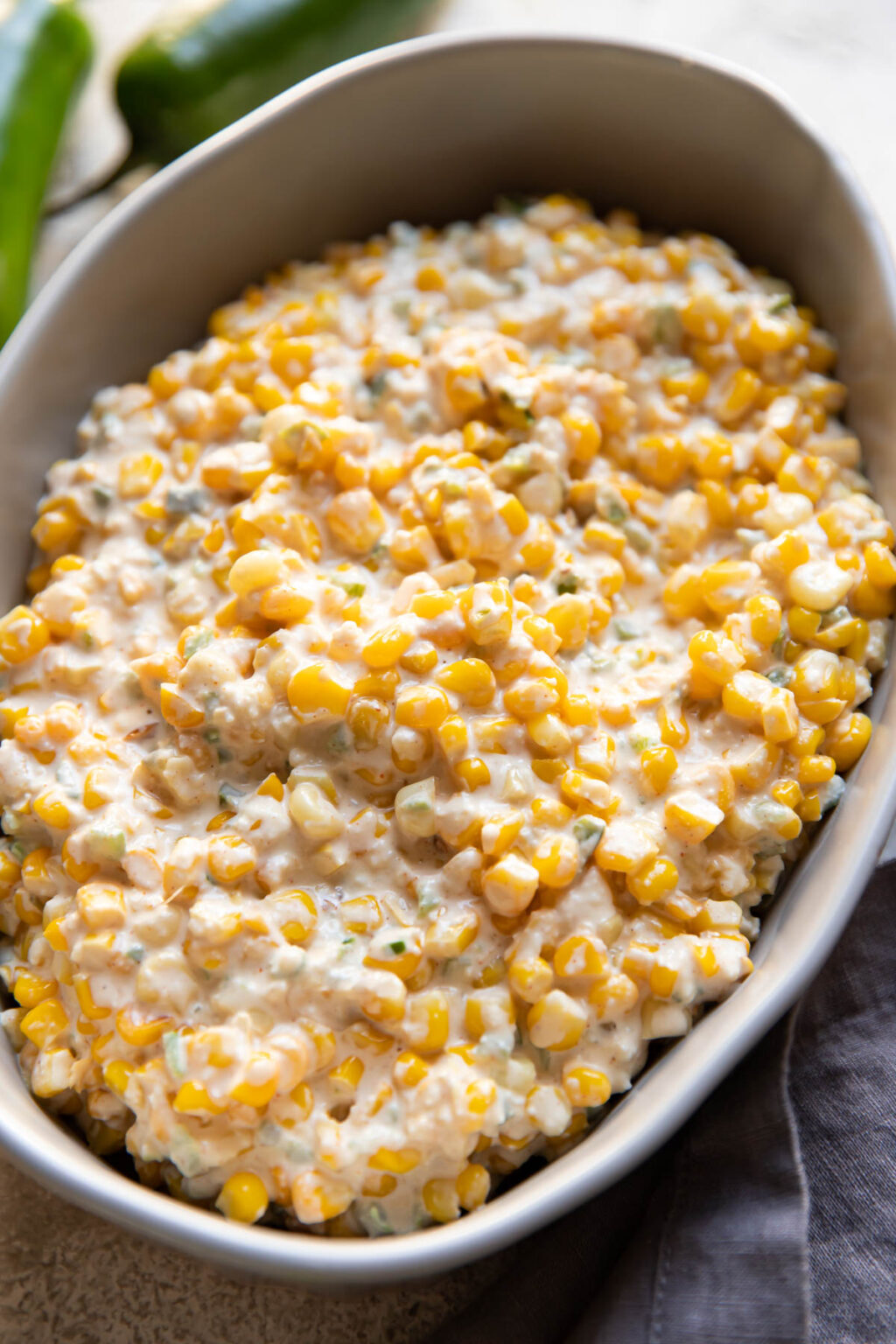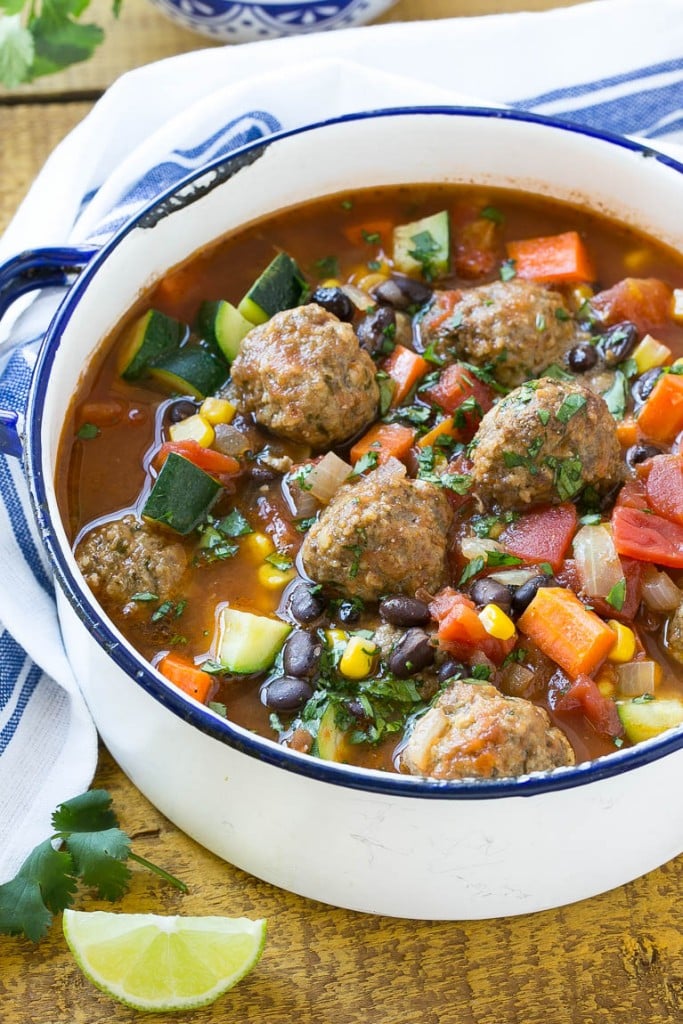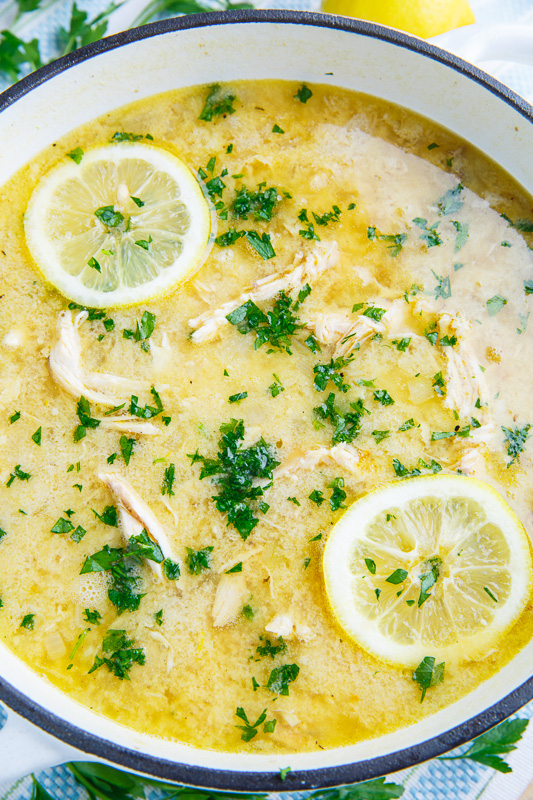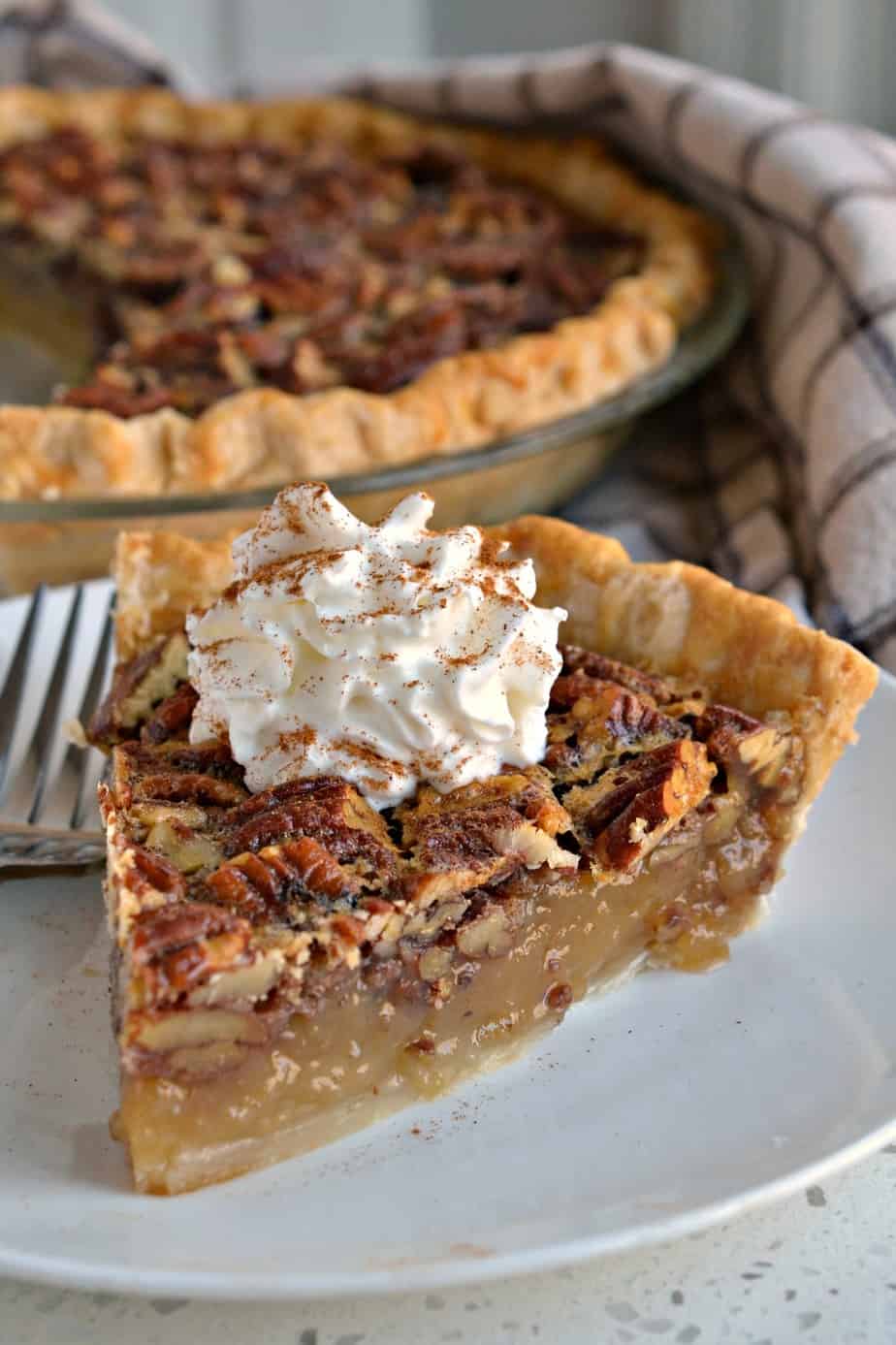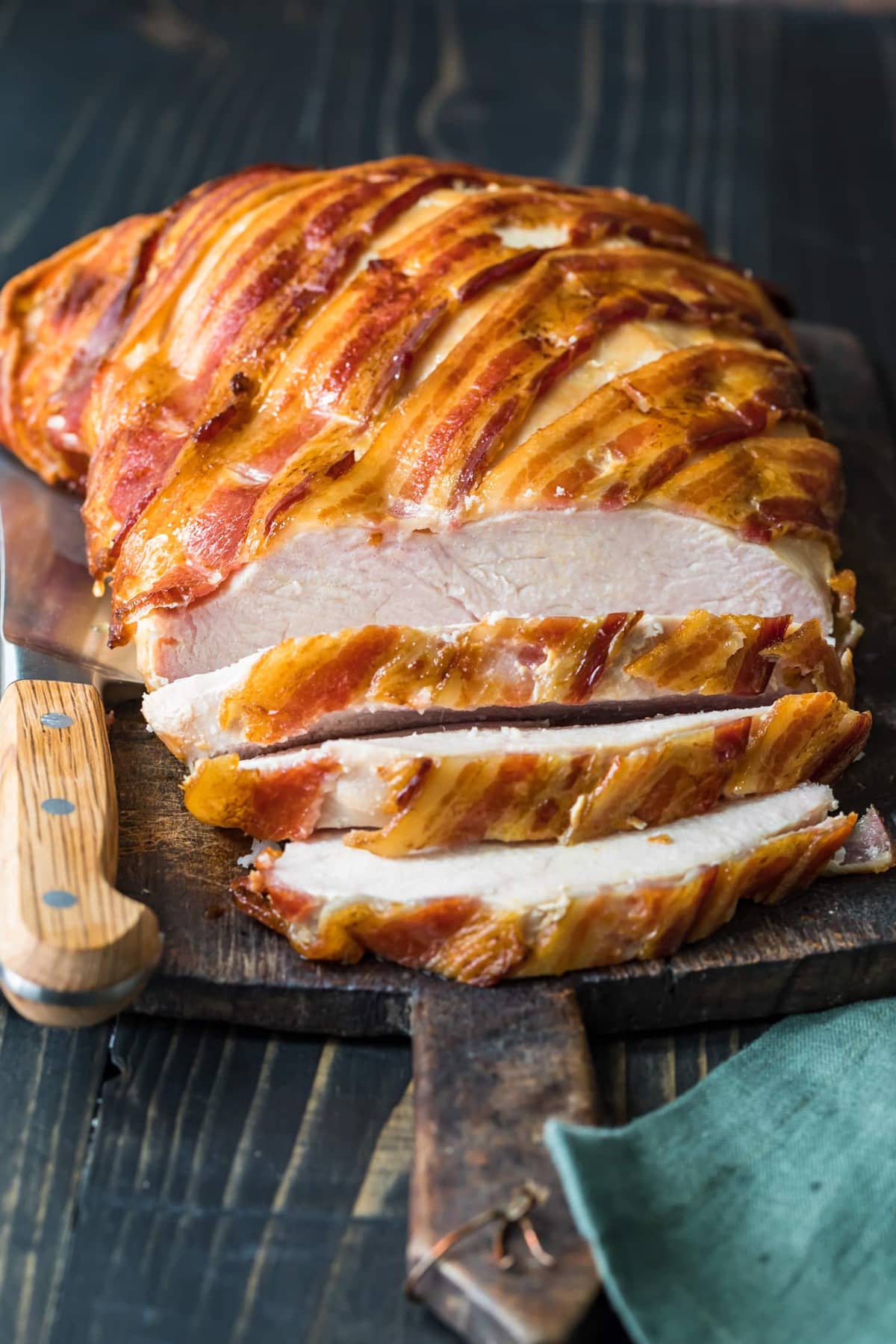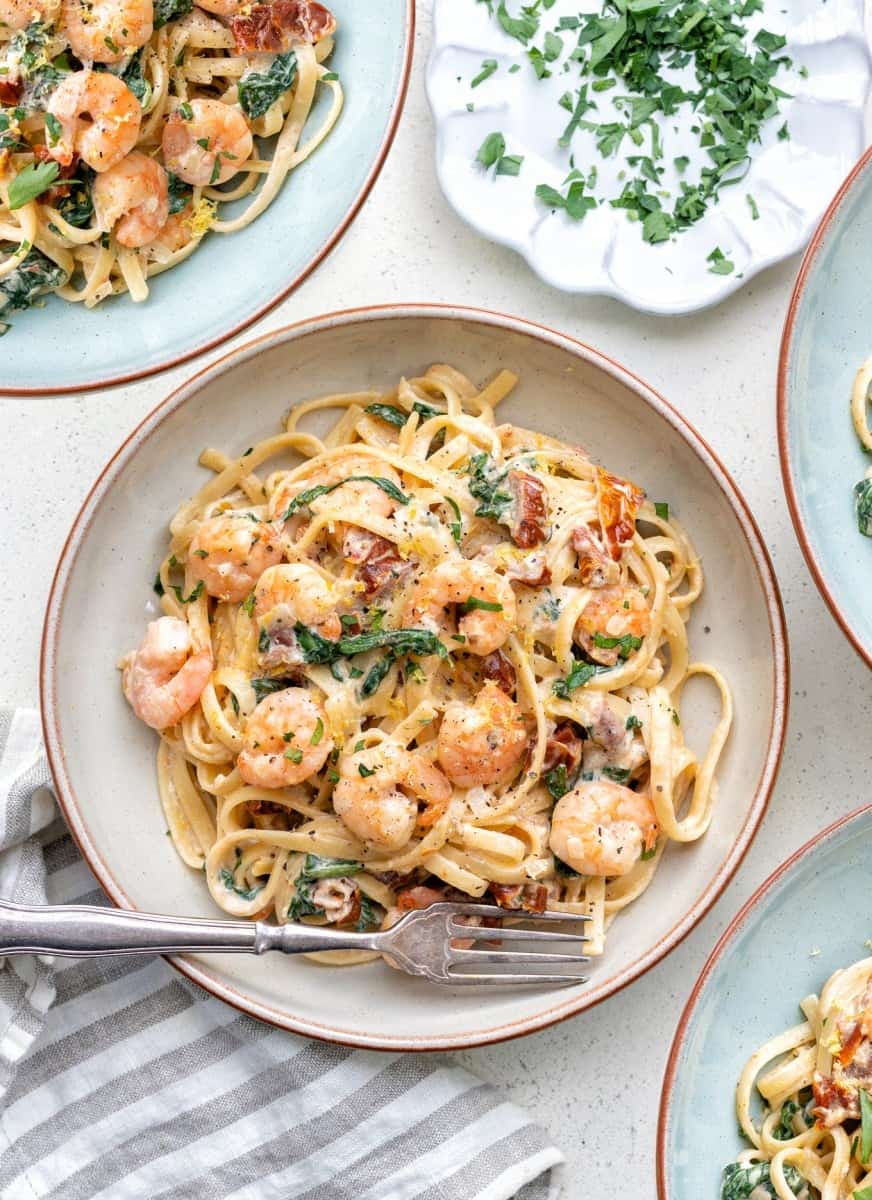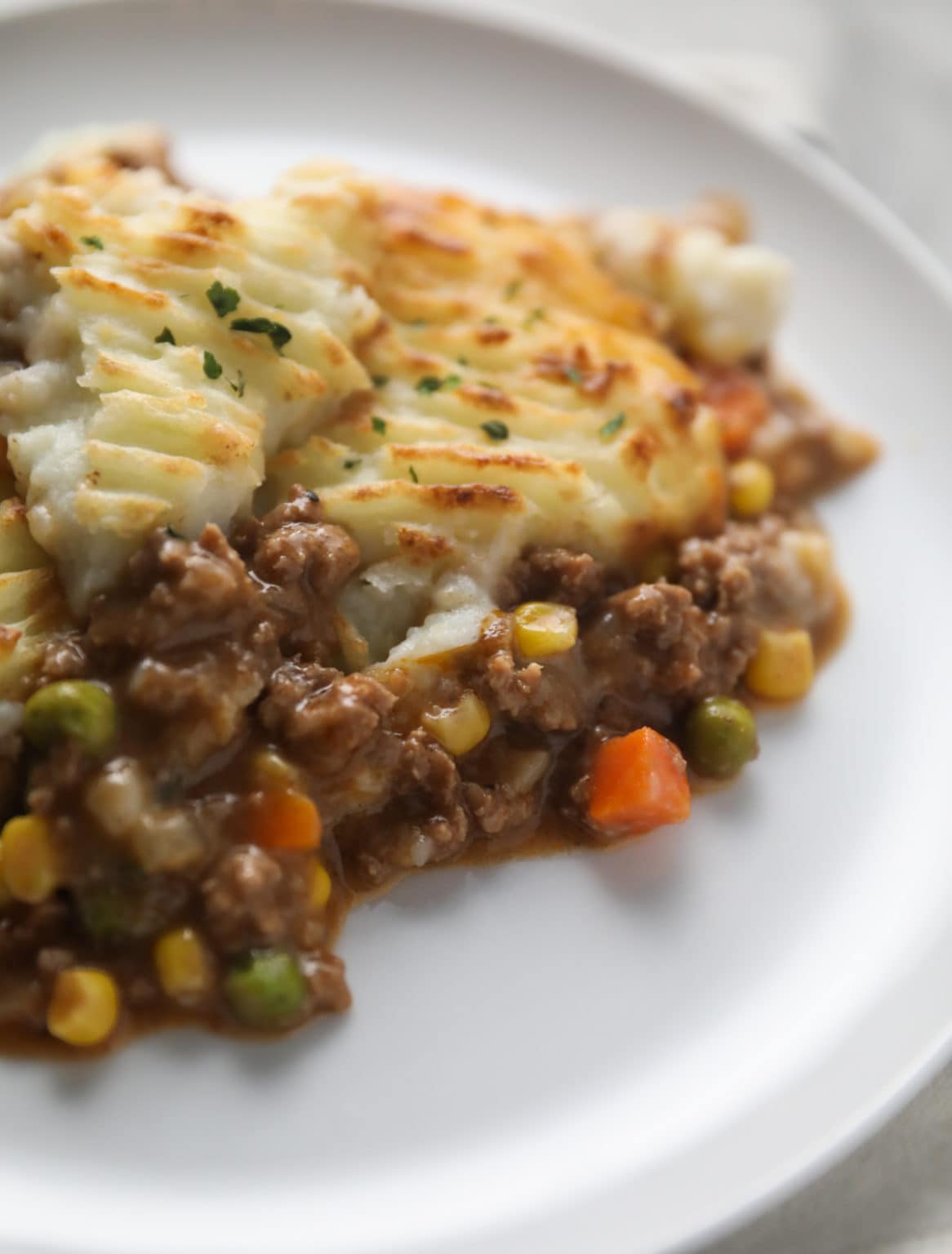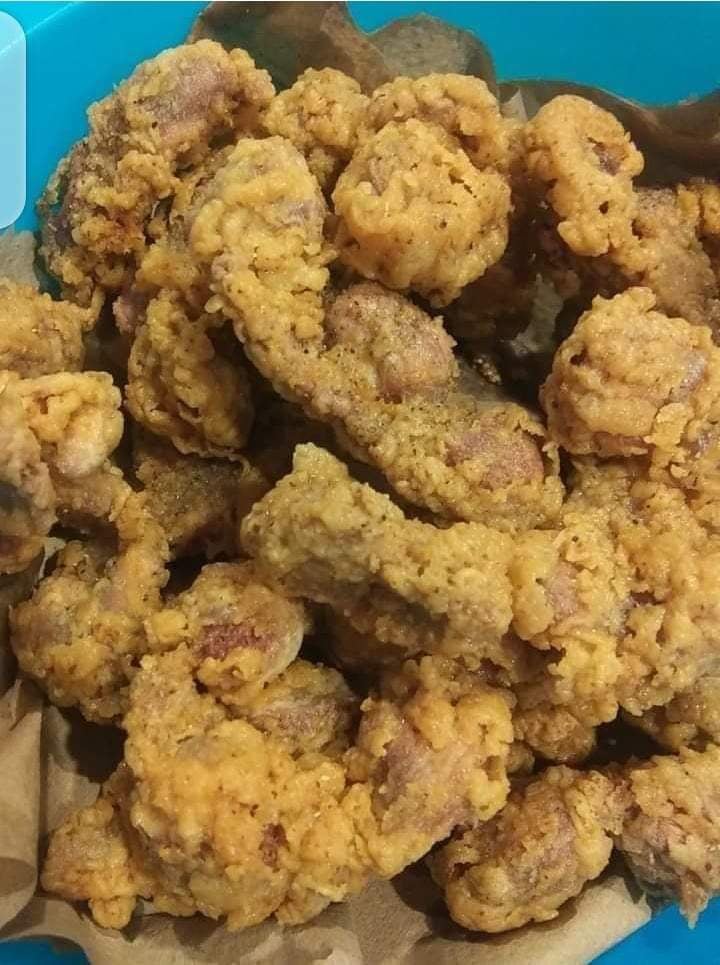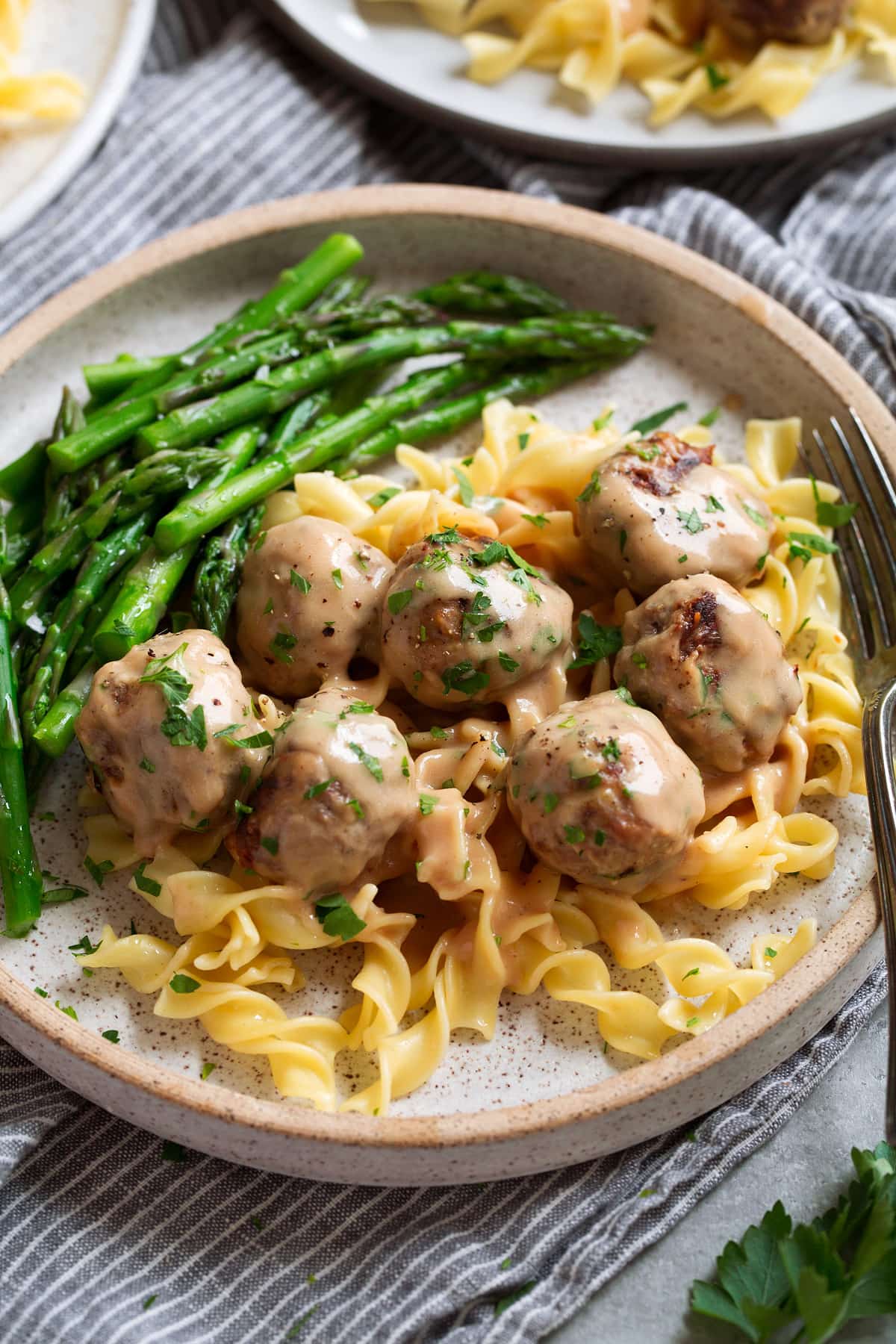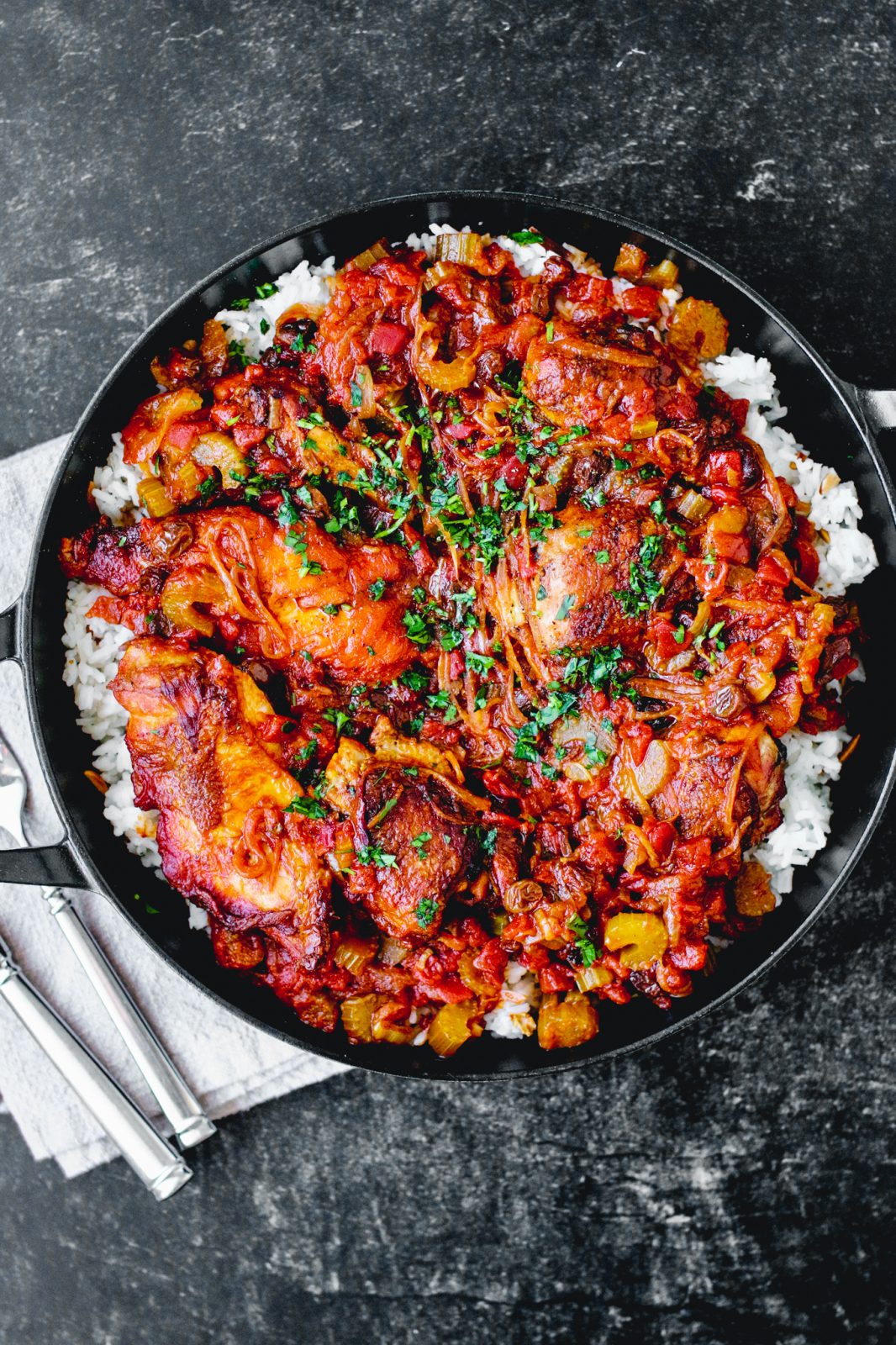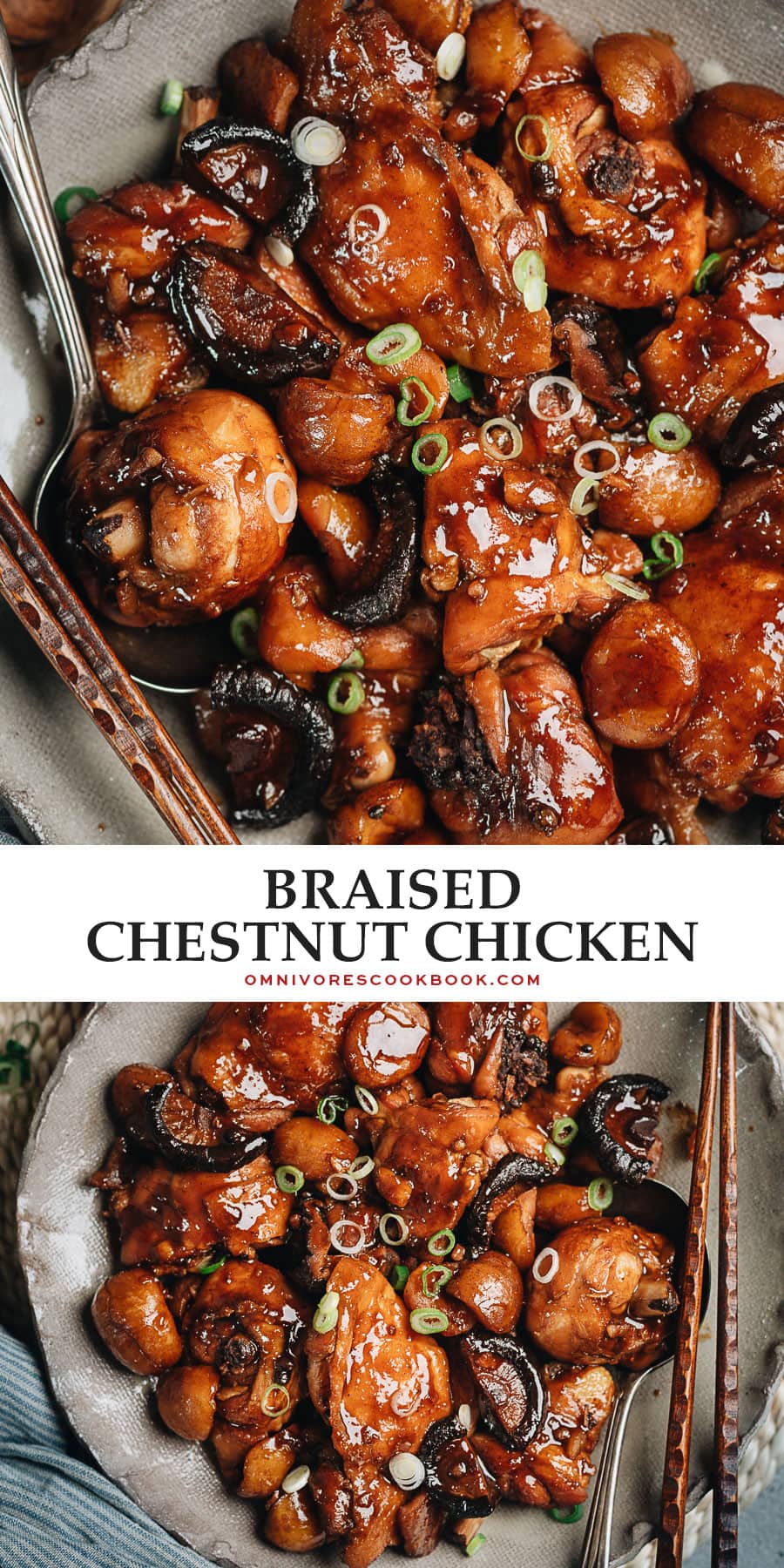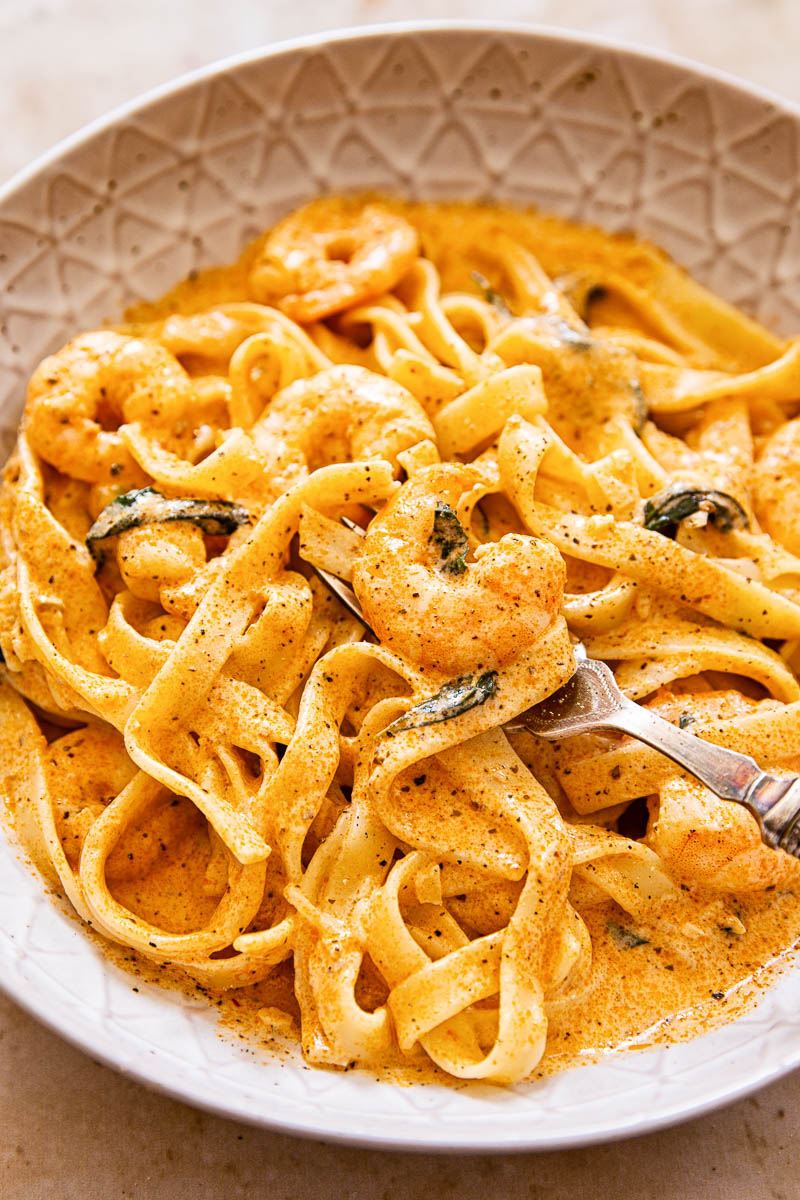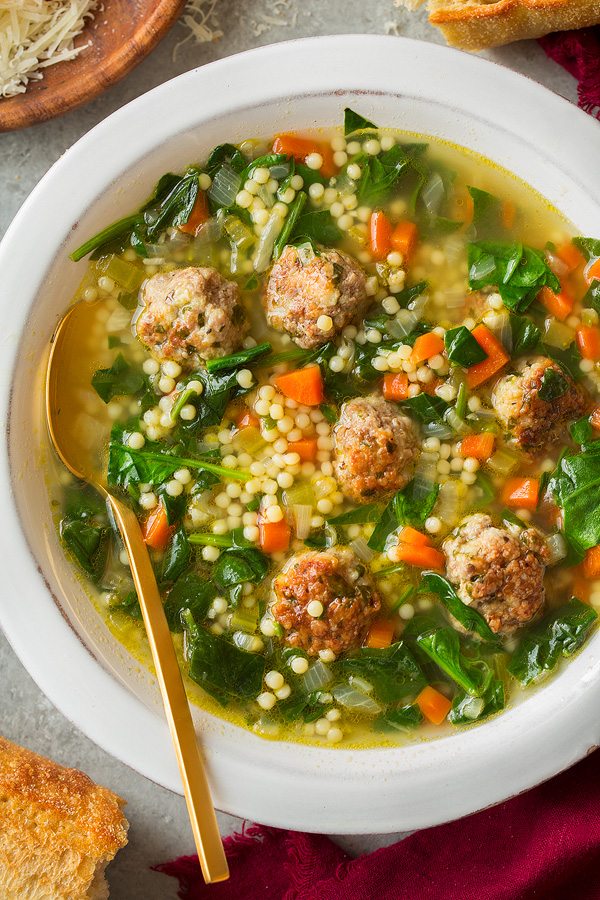Puerto Rican cuisine is a tantalizing blend of Spanish, African, and indigenous flavors that have been passed down through generations. At the heart of this vibrant cuisine is the use of fresh, local ingredients, and the incorporation of bold seasonings and spices. One of the most beloved dishes in Puerto Rican cuisine is the mofongo, a mouth-watering combination of fried plantains, garlic, and pork cracklings. Let's take a closer look at this iconic Puerto Rican recipe and how you can recreate it in your own kitchen.
The History of Mofongo
A Fusion of Cultures
Mofongo has a rich history that reflects the diverse cultural influences of Puerto Rico. The dish's origins can be traced back to West African slaves who brought their cooking techniques and ingredients, such as plantains, to the island. Over time, Spanish colonizers arrived and contributed their own culinary traditions, including the use of garlic and olive oil. Today, mofongo is a quintessential Puerto Rican dish that symbolizes the fusion of these different cultures.
The Ingredients
Plantains and Pork Cracklings
Plantains are the star ingredient in mofongo. These starchy, banana-like fruits are a staple in Puerto Rican cuisine and can be found in many savory and sweet dishes. For mofongo, ripe plantains are peeled and mashed together with
pork cracklings, also known as chicharrones. The cracklings add a crispy texture and savory flavor to the dish.
Garlic and Spices
To add a burst of flavor, mofongo is seasoned with garlic, salt, and pepper. Some recipes also call for
achiote paste, a vibrant red seasoning made from annatto seeds. The paste gives the dish a beautiful color and a hint of smokiness.
Optional Fillings and Toppings
While traditional mofongo is made with just plantains and pork cracklings, many variations include additional fillings and toppings. Common fillings include
shrimp, chicken, beef, or vegetables such as onions and peppers. These ingredients are typically sautéed and served on top of the mofongo. Some popular toppings include
spicy tomato sauce, creole sauce, or salsa.
The Preparation
A Labor of Love
Making mofongo is a labor of love. The plantains are first fried and then mashed together with the other ingredients using a wooden mortar and pestle called a pilón. The mixture is then shaped into a ball or a dome and served in a traditional wooden mortar. This unique presentation adds to the overall experience of enjoying mofongo.
A Versatile Dish
Mofongo can be served as a main course or as a side dish. It pairs well with a variety of meats and seafood, making it a versatile addition to any meal. It is also a popular street food in Puerto Rico, often served in the form of a stuffed plantain cup filled with different meats, sauces, and toppings.
In conclusion, mofongo is more than just a dish, it is a representation of Puerto Rican culture and history. With its bold flavors and unique preparation, it is no wonder that this iconic recipe has become a beloved staple in Puerto Rican cuisine. So why not try your hand at making mofongo at home and experience a taste of Puerto Rico for yourself?
HTML Code:
Puerto Rican cuisine is a tantalizing blend of Spanish, African, and indigenous flavors that have been passed down through generations. At the heart of this vibrant cuisine is the use of fresh, local ingredients, and the incorporation of bold seasonings and spices. One of the most beloved dishes in Puerto Rican cuisine is the mofongo, a mouth-watering combination of fried plantains, garlic, and pork cracklings. Let's take a closer look at this iconic Puerto Rican recipe and how you can recreate it in your own kitchen.
The History of Mofongo
A Fusion of Cultures
Mofongo has a rich history that reflects the diverse cultural influences of Puerto Rico. The dish's origins can be traced back to West African slaves who brought their cooking techniques and ingredients, such as plantains, to the island. Over time, Spanish colonizers arrived and contributed their own culinary traditions, including the use of garlic and olive oil. Today, mofongo is a quintessential Puerto Rican dish that symbolizes the fusion of these different cultures.
The Ingredients
Plantains and Pork Cracklings
Plantains are the star ingredient in mofongo. These starchy, banana-like fruits are a staple in Puerto Rican cuisine and can be found in many savory and sweet dishes. For mofongo, ripe plantains are peeled and mashed together with pork cracklings, also known as chicharrones. The cracklings add a crispy texture and savory flavor to the dish.
Garlic and Spices
To add a burst of flavor, mofongo is seasoned with garlic, salt, and pepper. Some recipes also call for achiote paste, a vibrant red seasoning made from annatto seeds. The paste gives the dish a beautiful color and a hint of smokiness.
Optional Fillings and Toppings
While traditional mofongo is made with just plantains and pork cracklings, many variations include additional fillings and toppings. Common fillings include shrimp, chicken, beef, or vegetables such as onions and peppers. These ingredients are typically sautéed and served on top of the mofongo. Some popular toppings include spicy tomato sauce, creole sauce, or salsa.
The Preparation
A Labor of Love
Making mofongo is a labor of love. The plantains are first fried and then mashed together with the other ingredients using a wooden mortar and pestle called a pilón. The mixture is then shaped into a ball or a dome and served in a traditional wooden mortar. This unique presentation adds to the overall experience of enjoying mofongo.
A Versatile Dish
Mofongo can be served as a main course or as a side dish. It pairs well with a variety of meats and seafood, making it a versatile addition to any meal. It is also a popular street food in Puerto Rico, often served in the form of a stuffed plantain cup filled with different meats, sauces, and toppings.
In conclusion, mofongo is more than just a dish, it is a representation of Puerto Rican culture and history. With its bold flavors and unique preparation, it is no wonder that this iconic recipe has become a beloved staple in Puerto Rican cuisine. So why not try your hand at making mofongo at home and experience a taste of Puerto Rico for yourself?






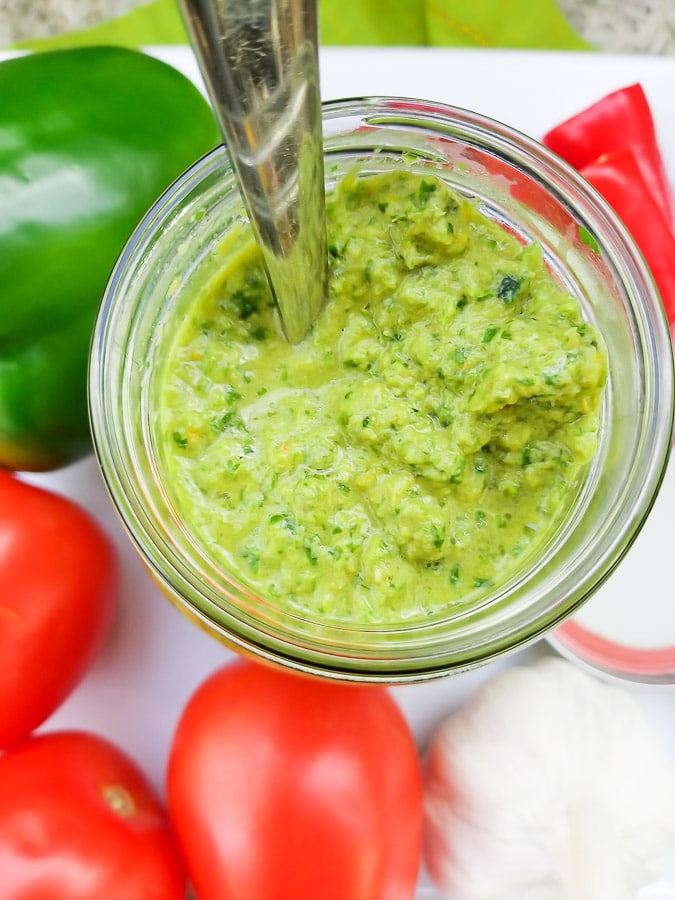








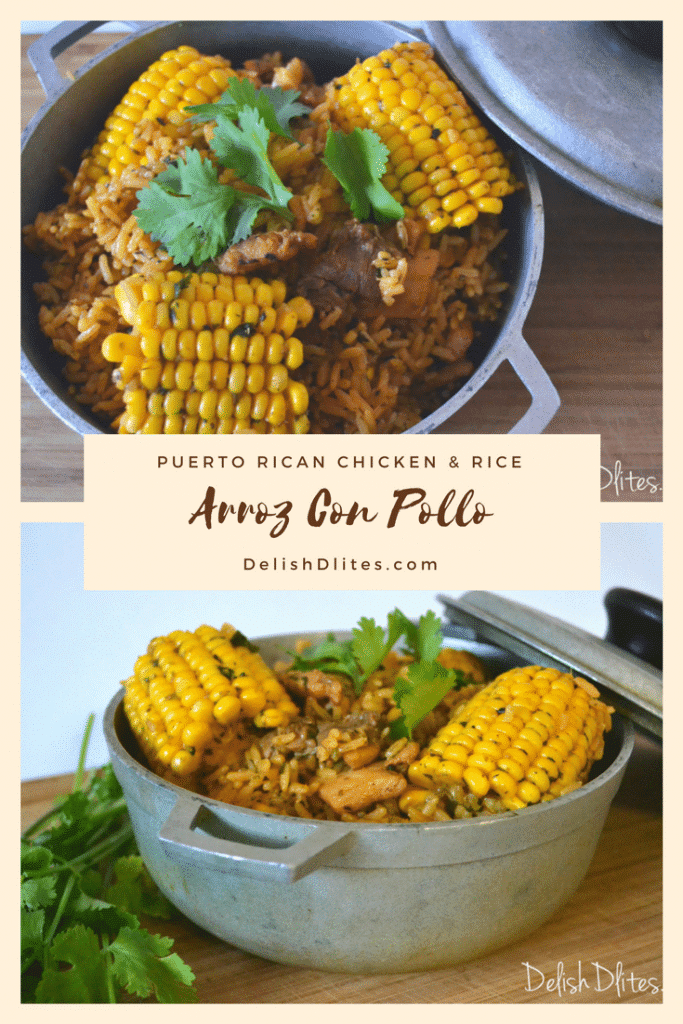

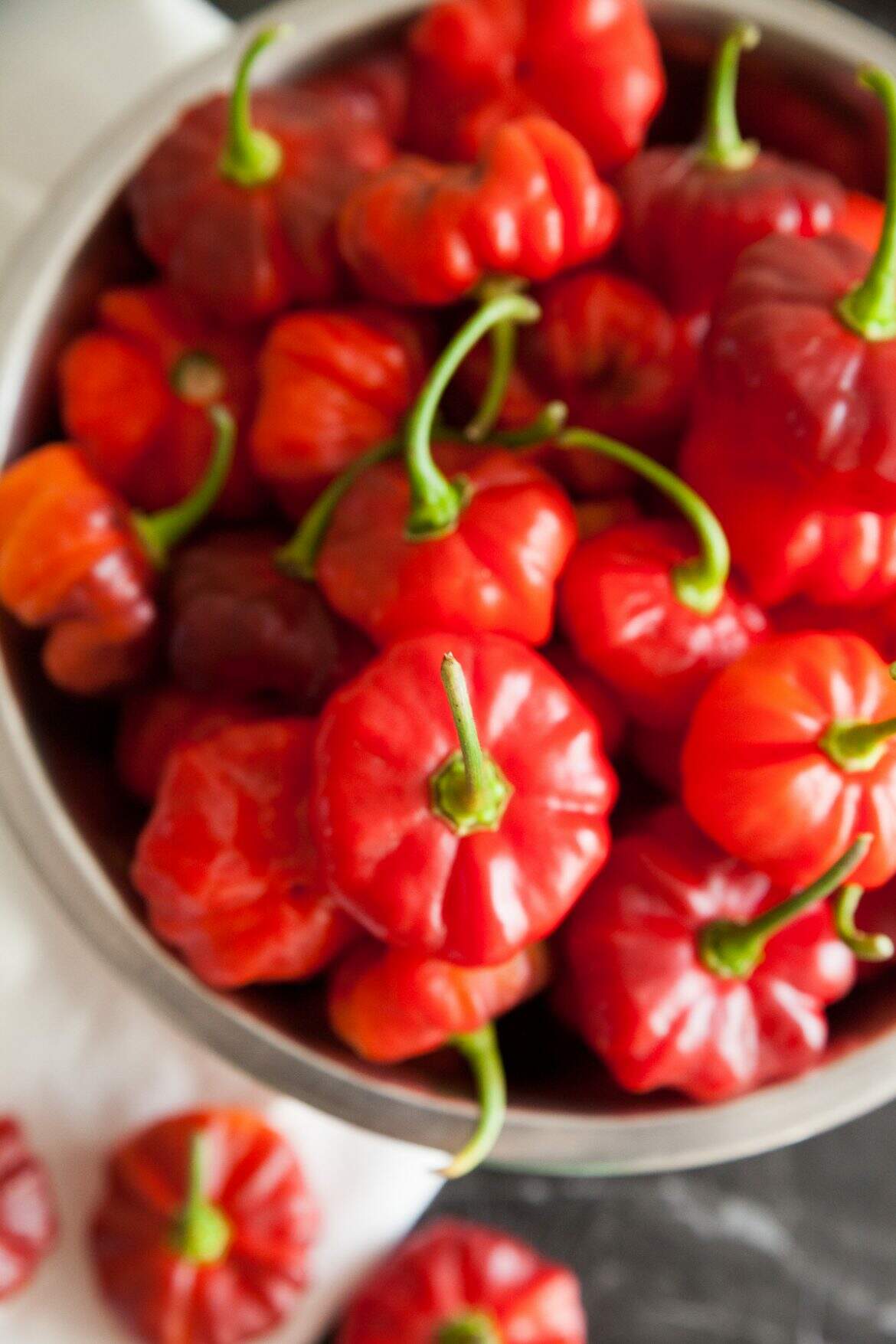
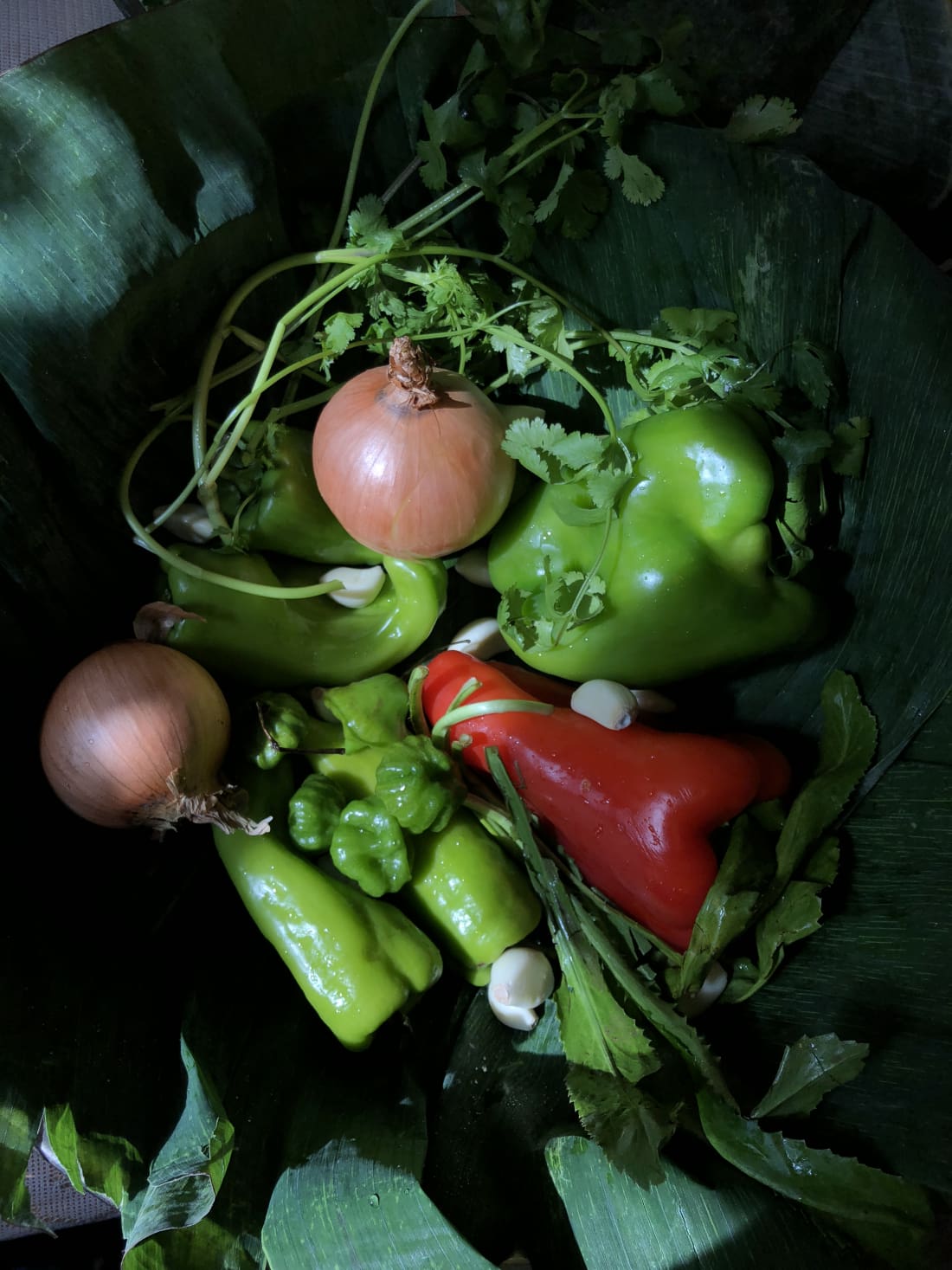






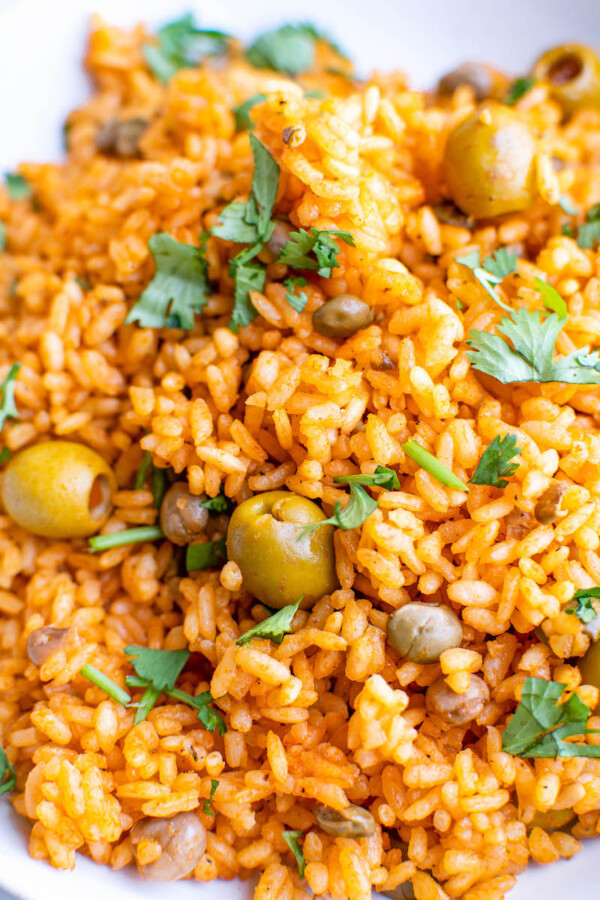
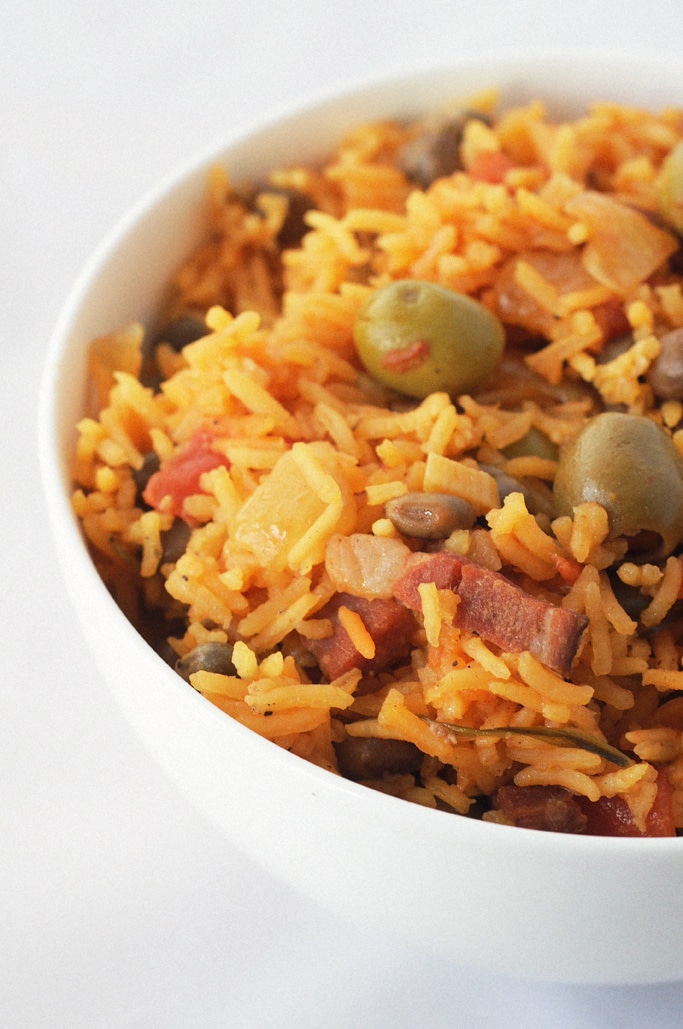




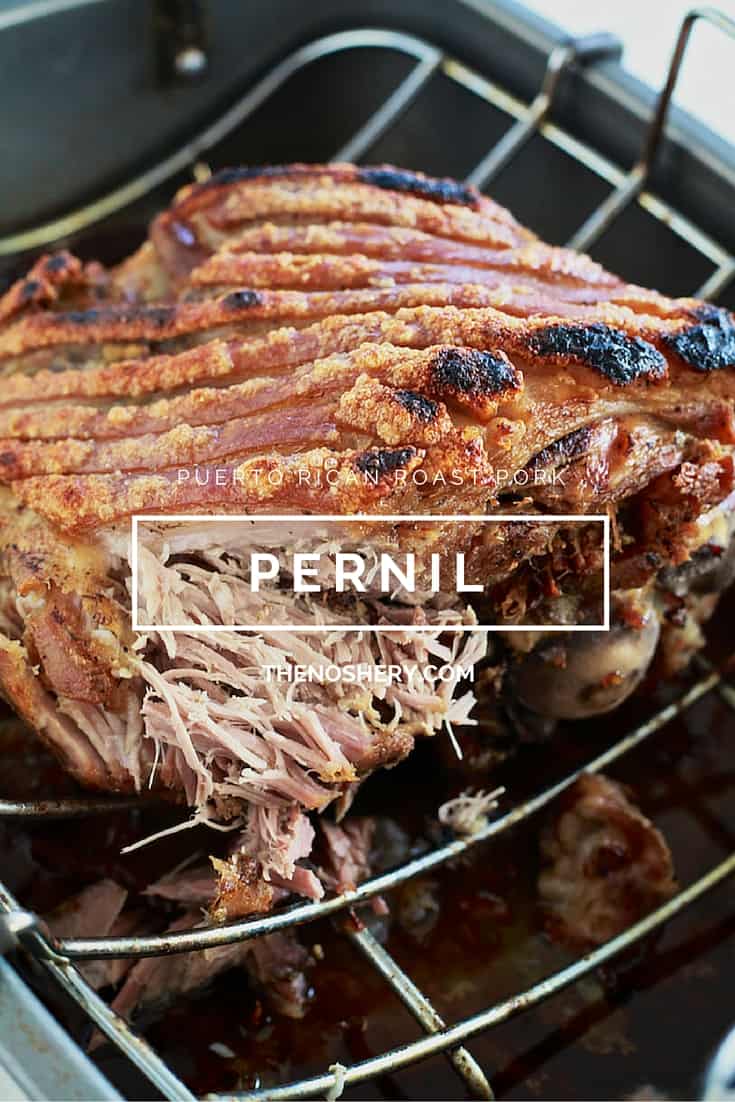
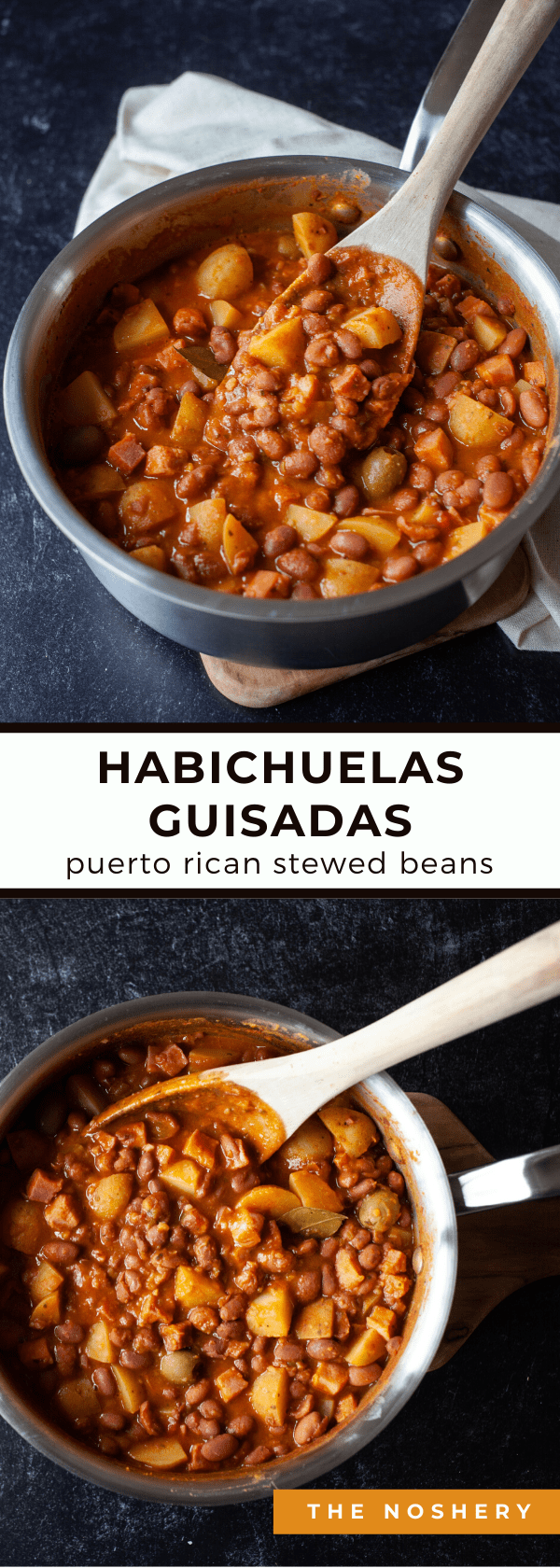




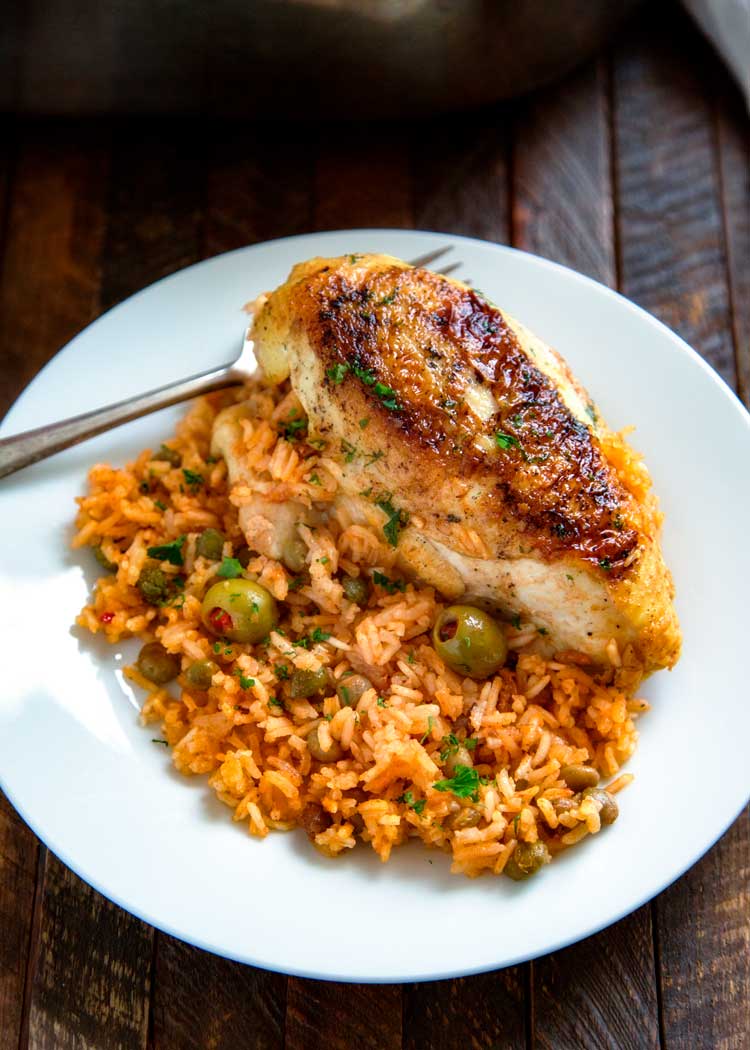


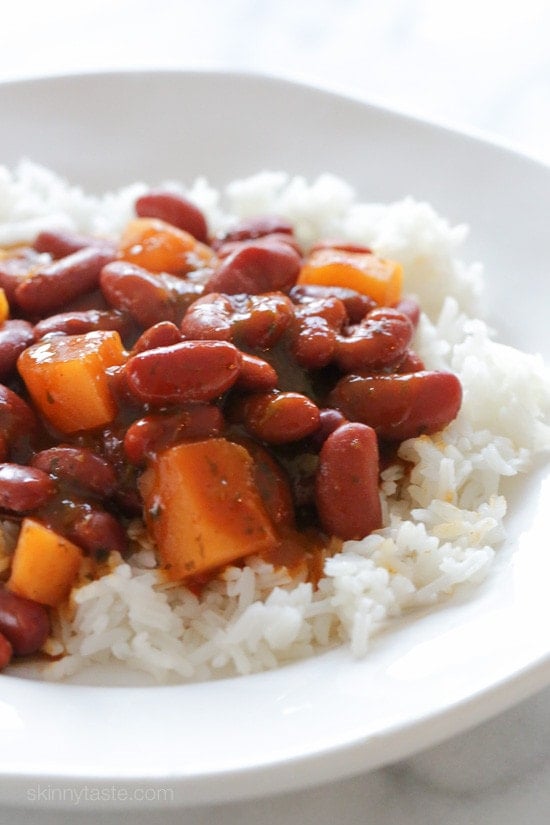

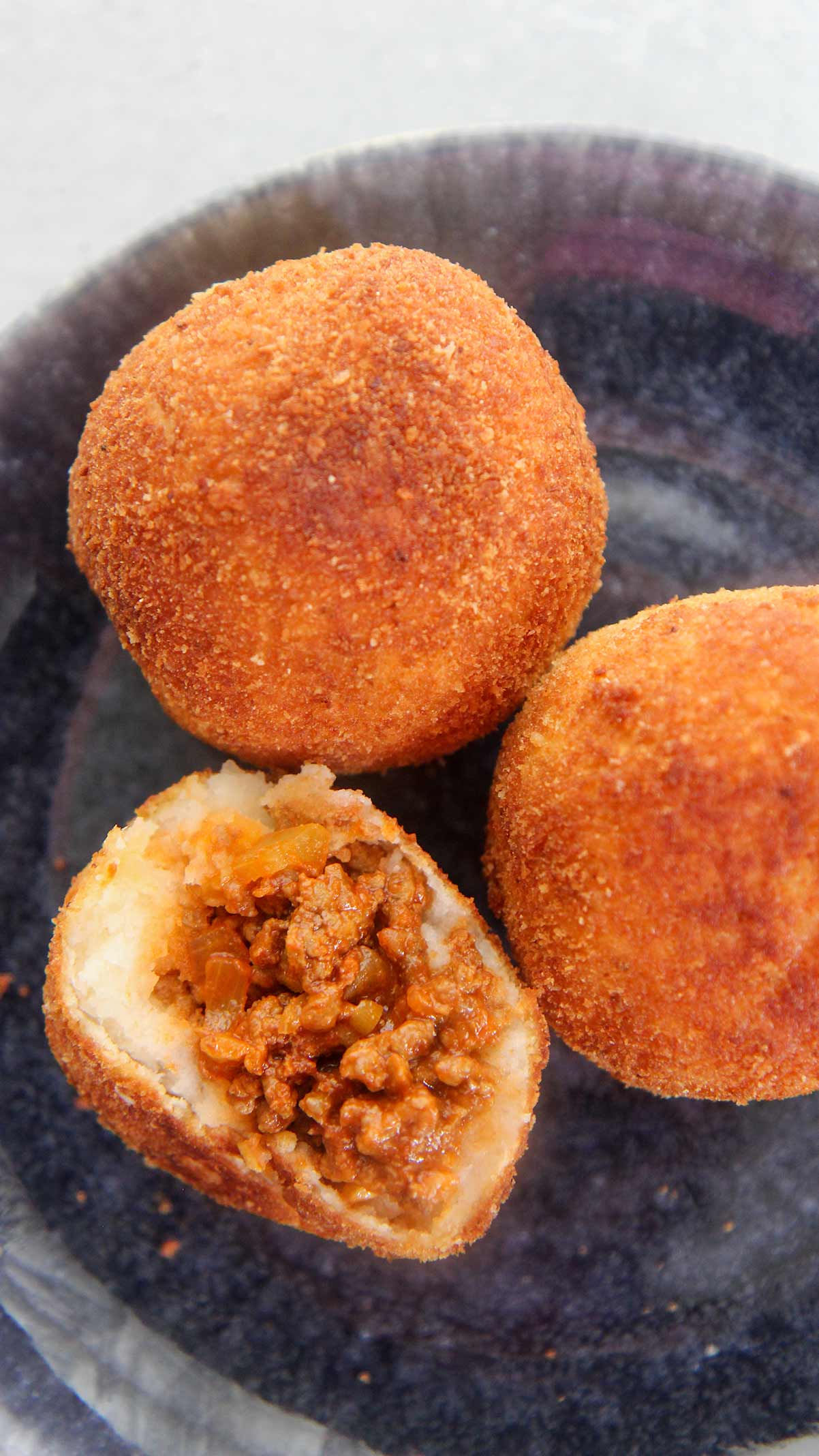

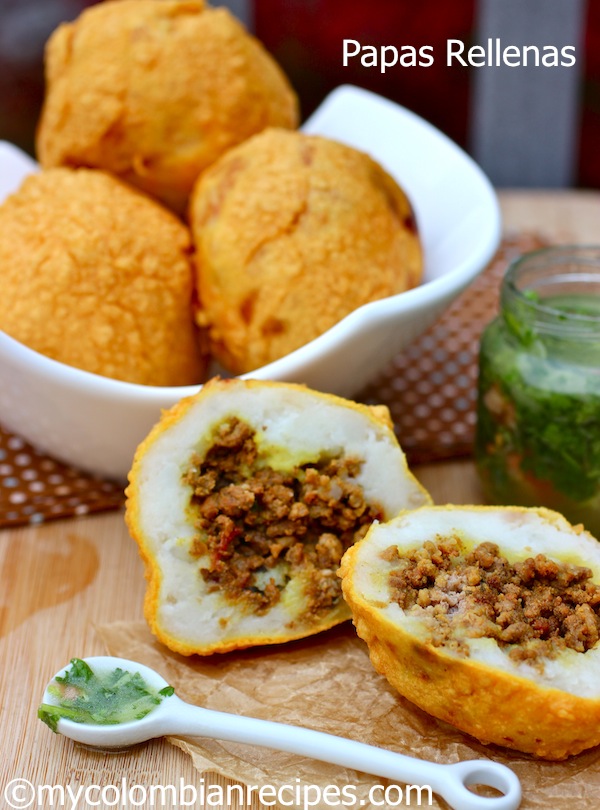
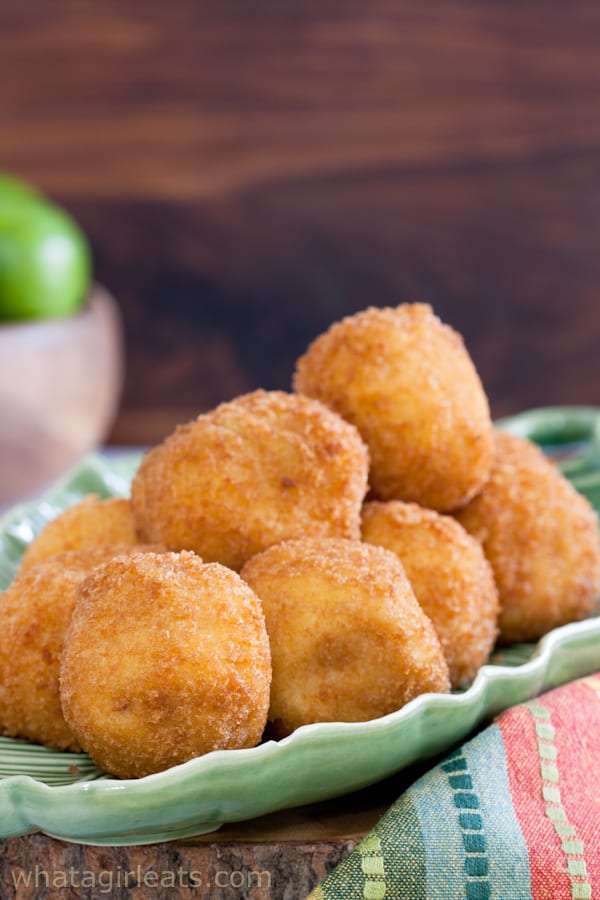


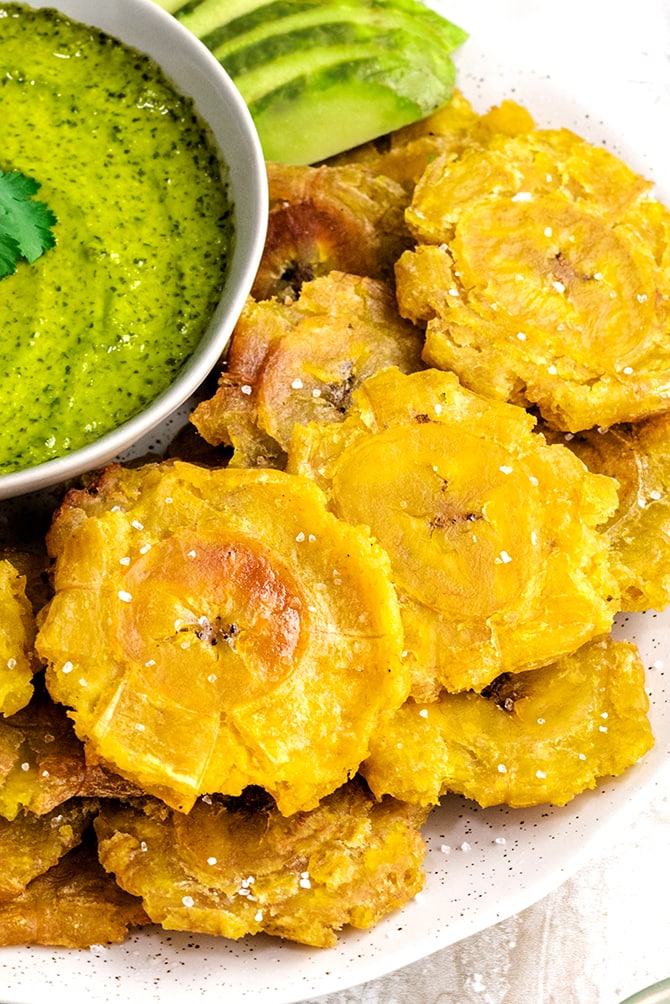
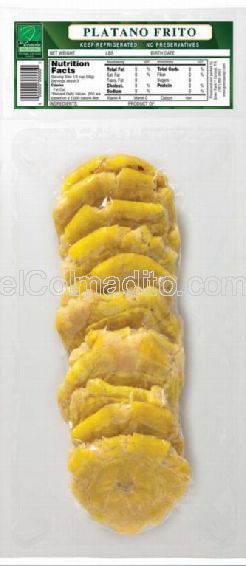
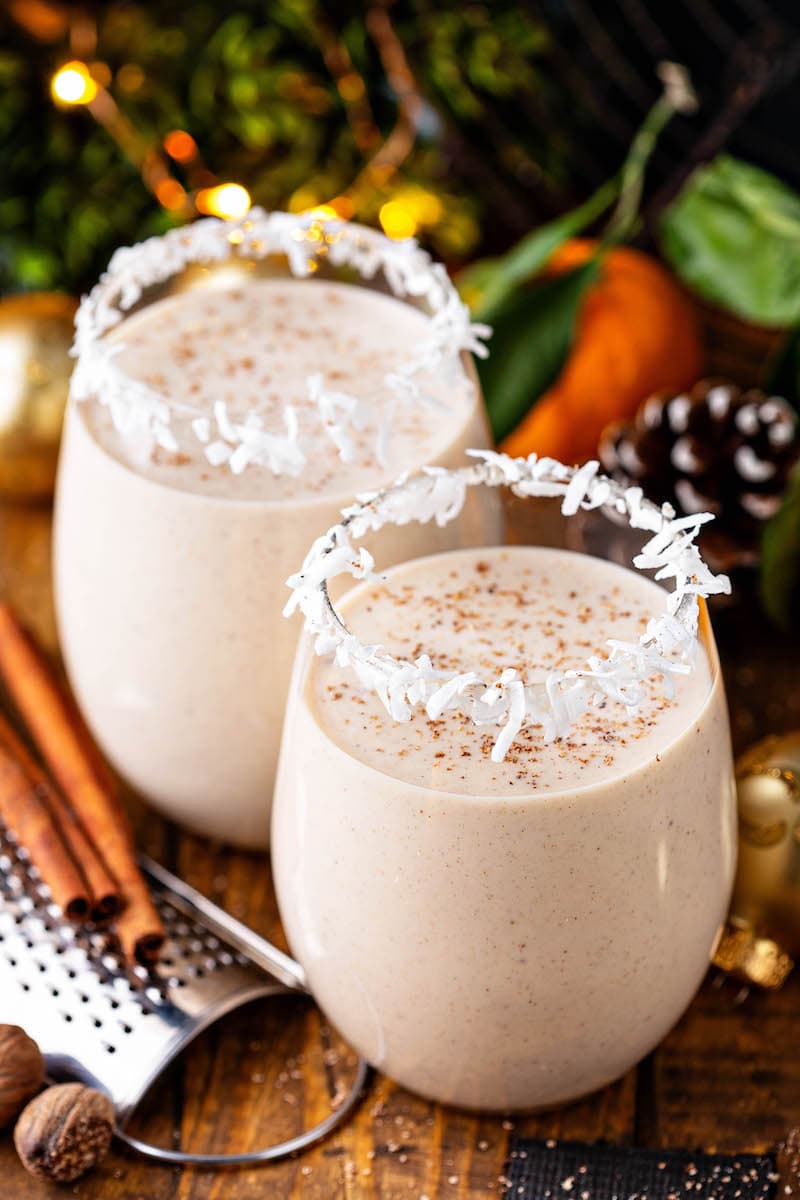
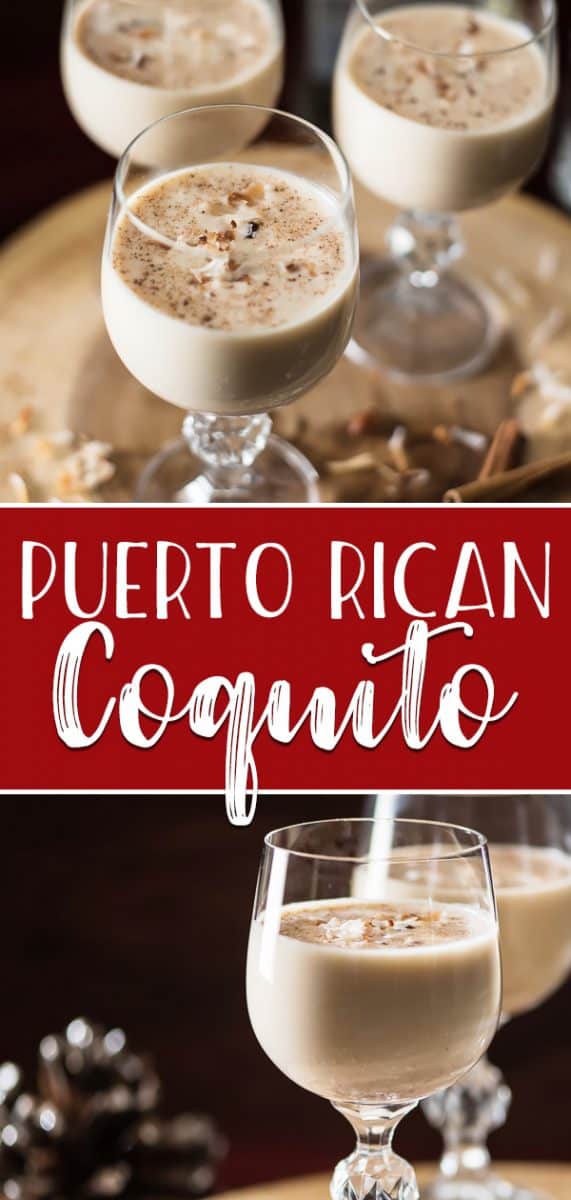
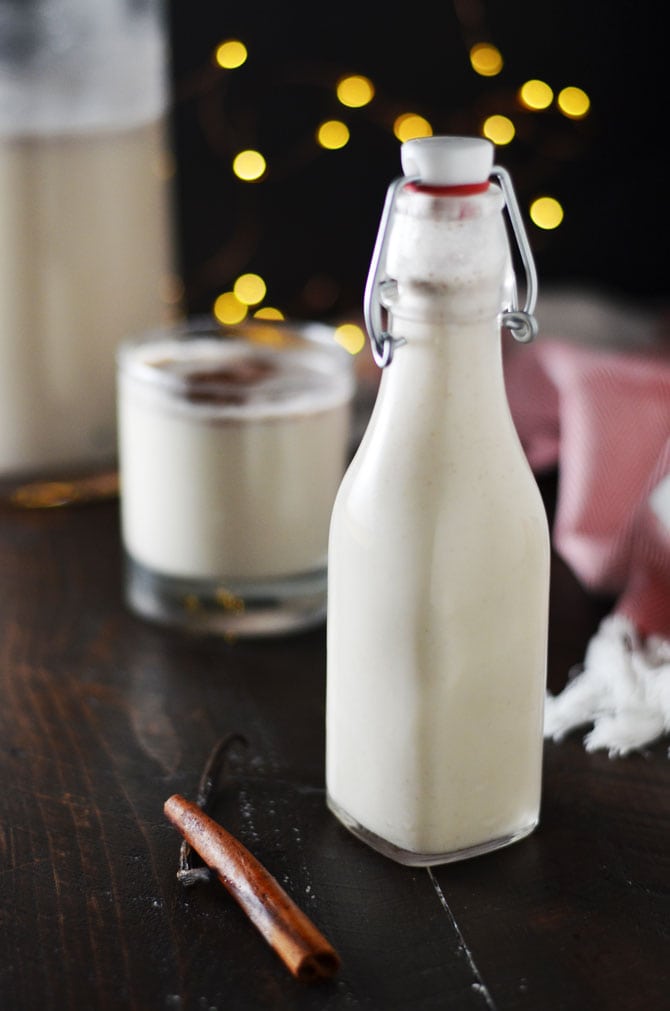


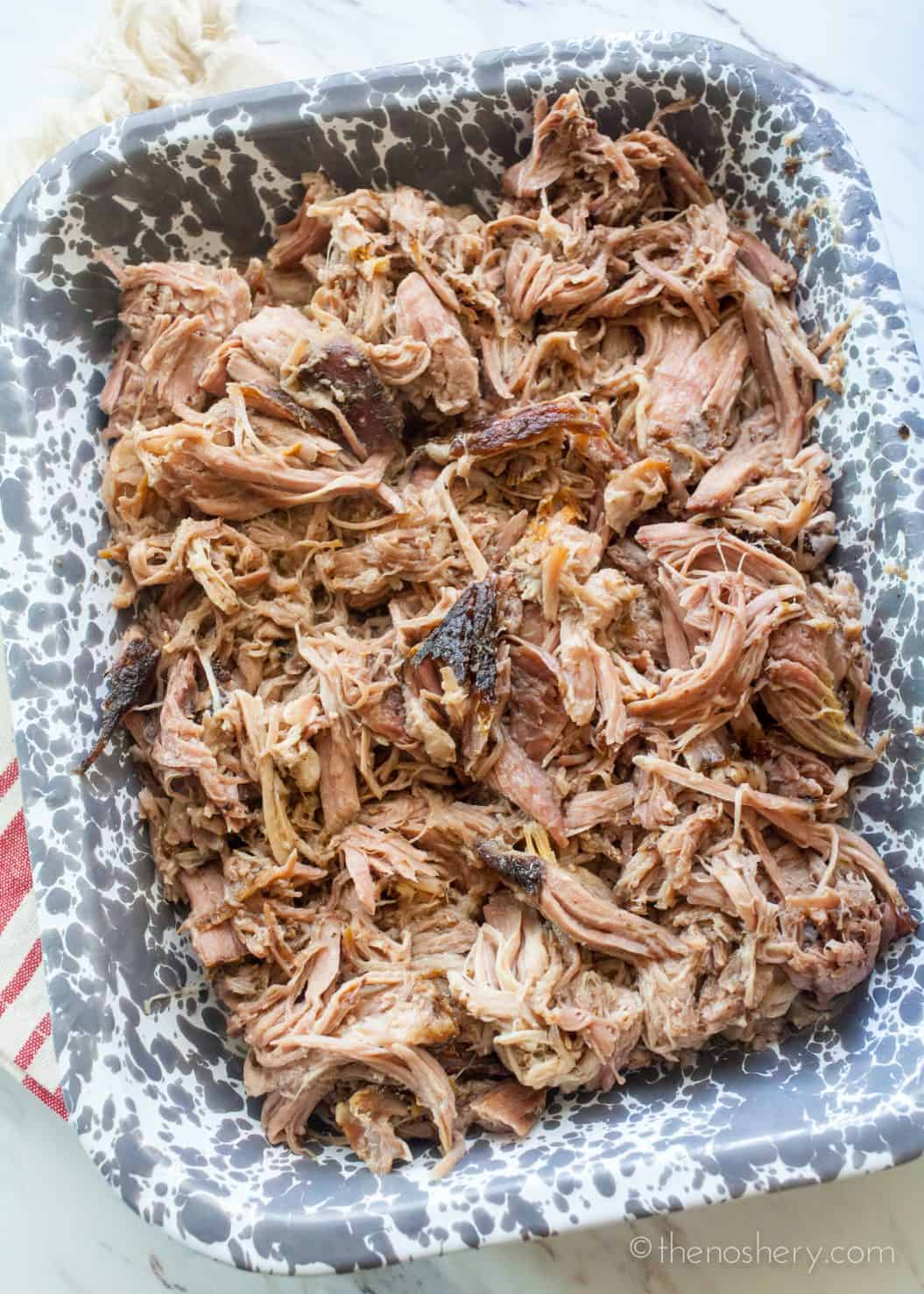


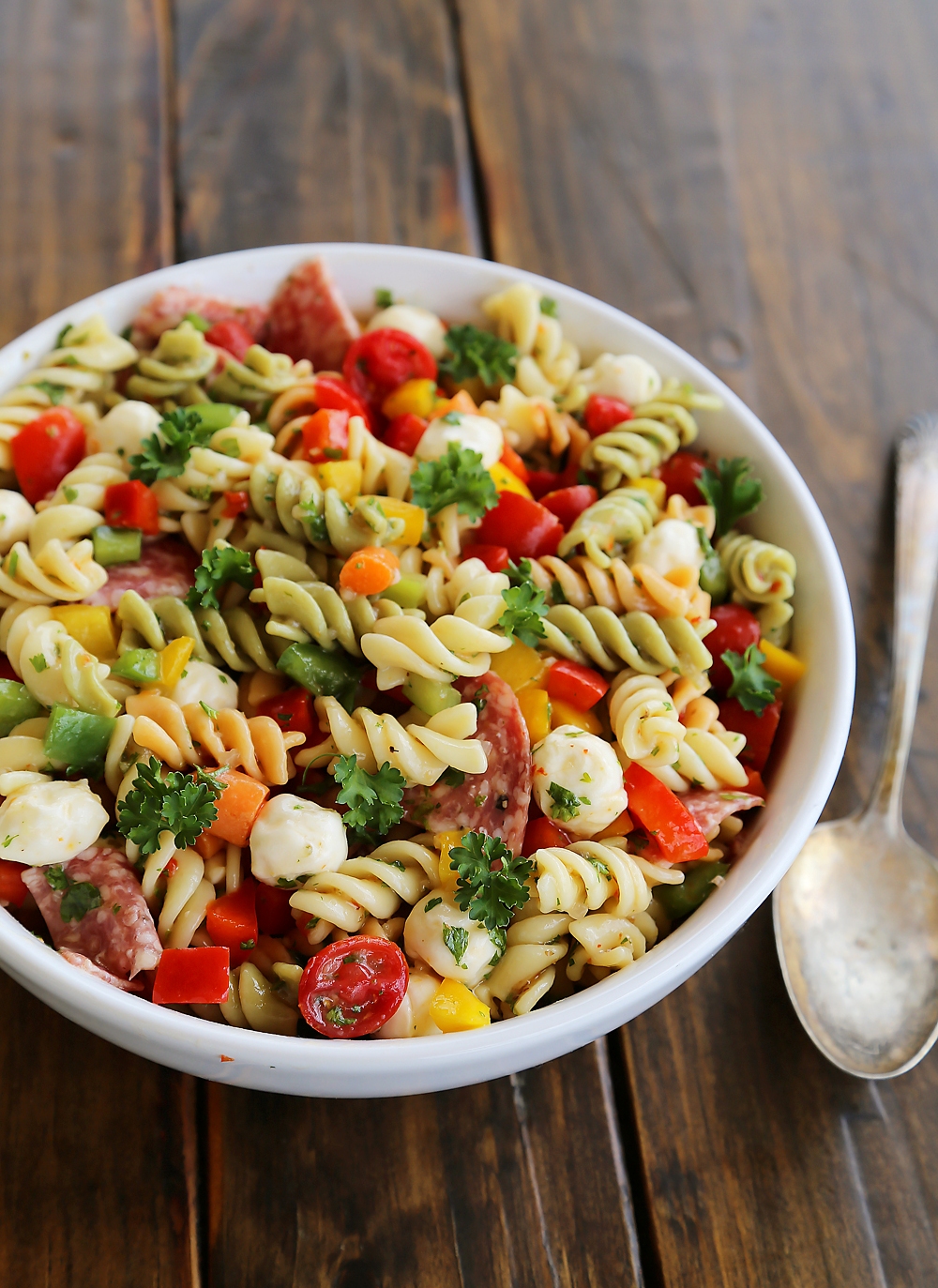
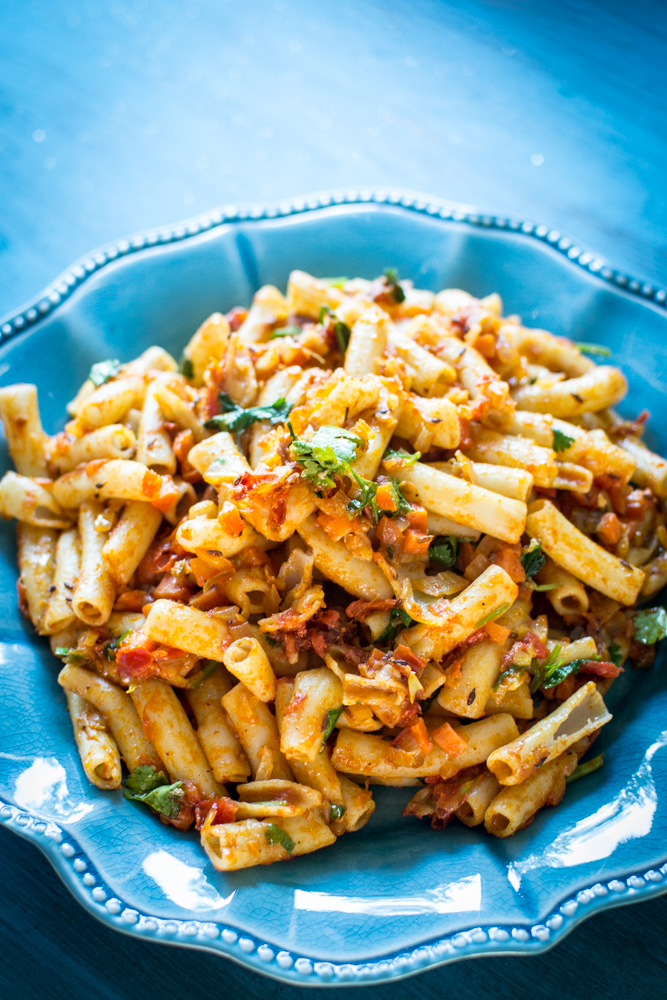

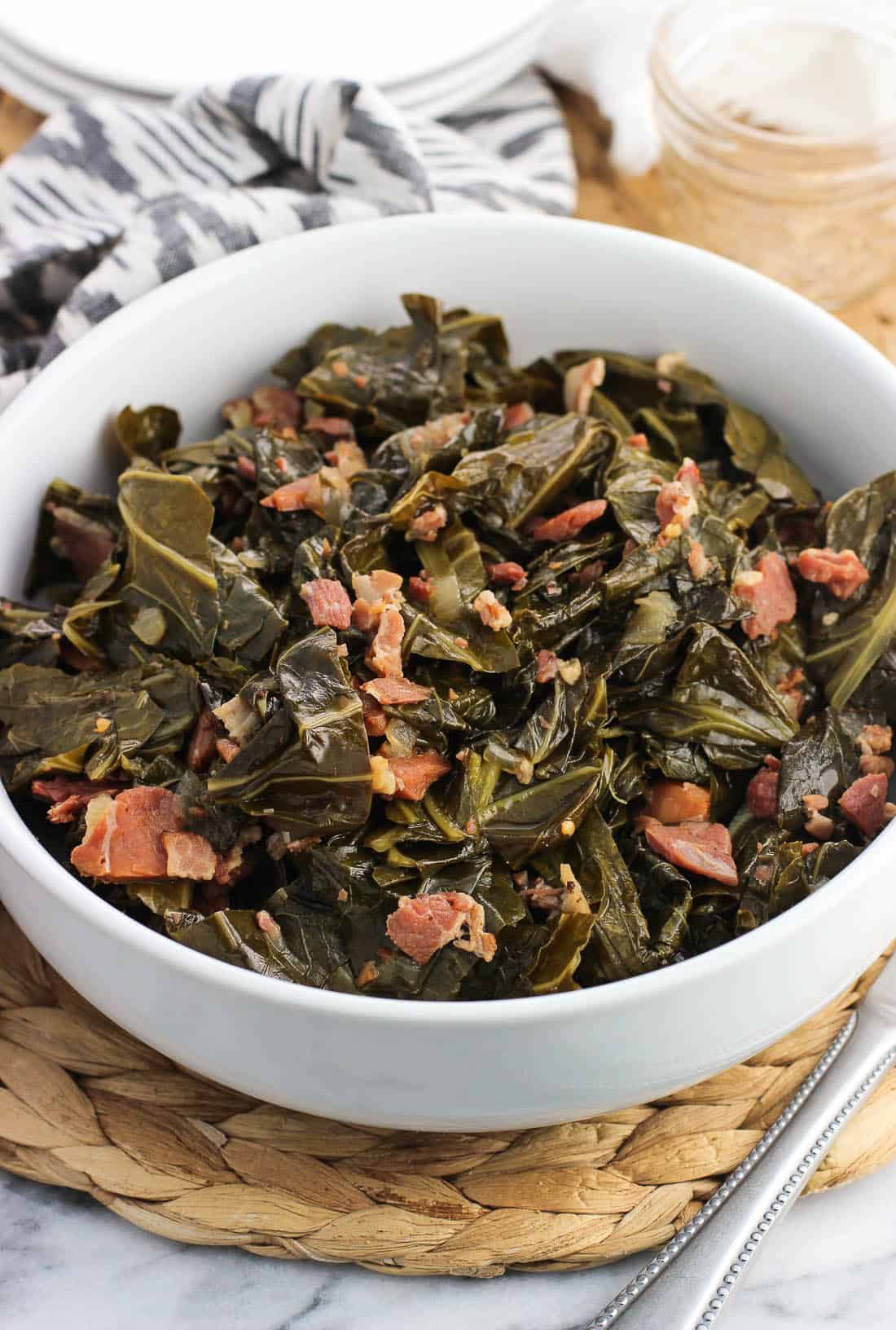



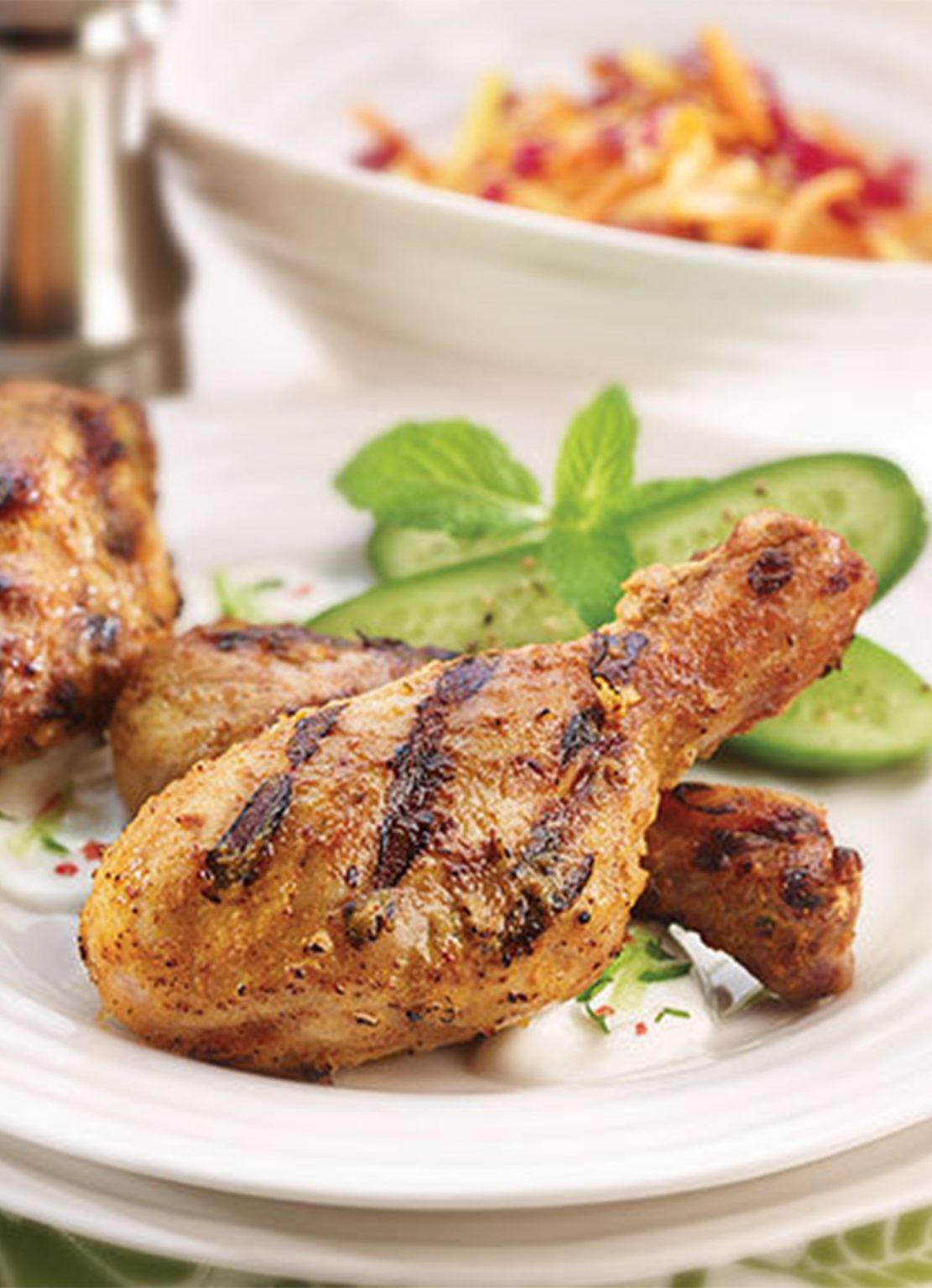
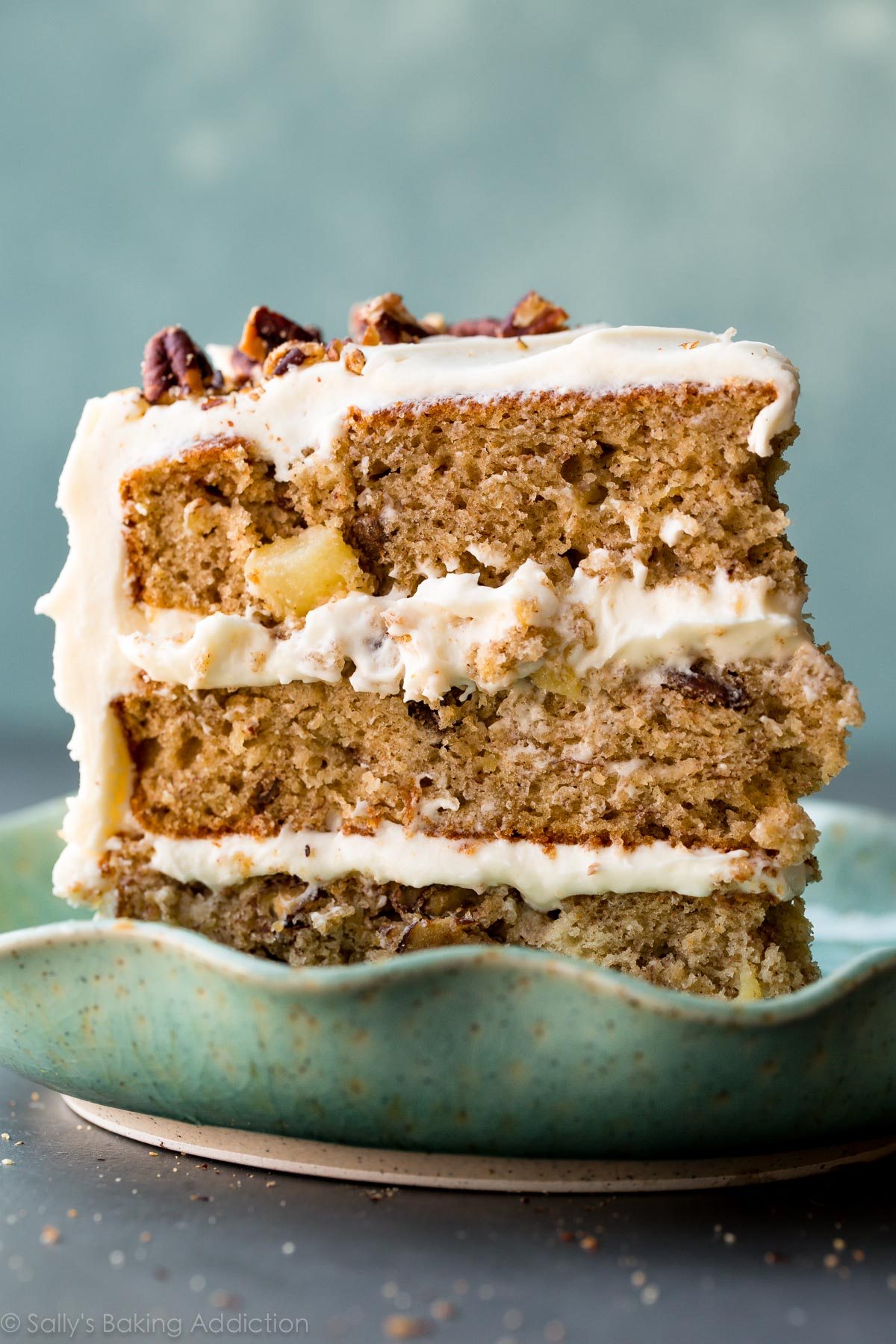
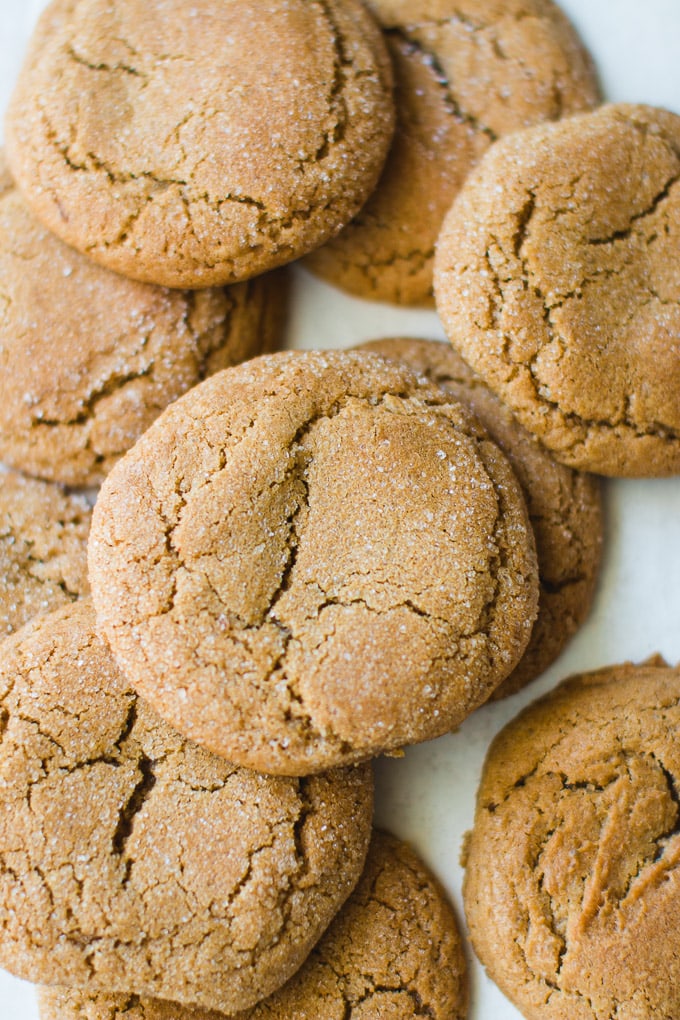
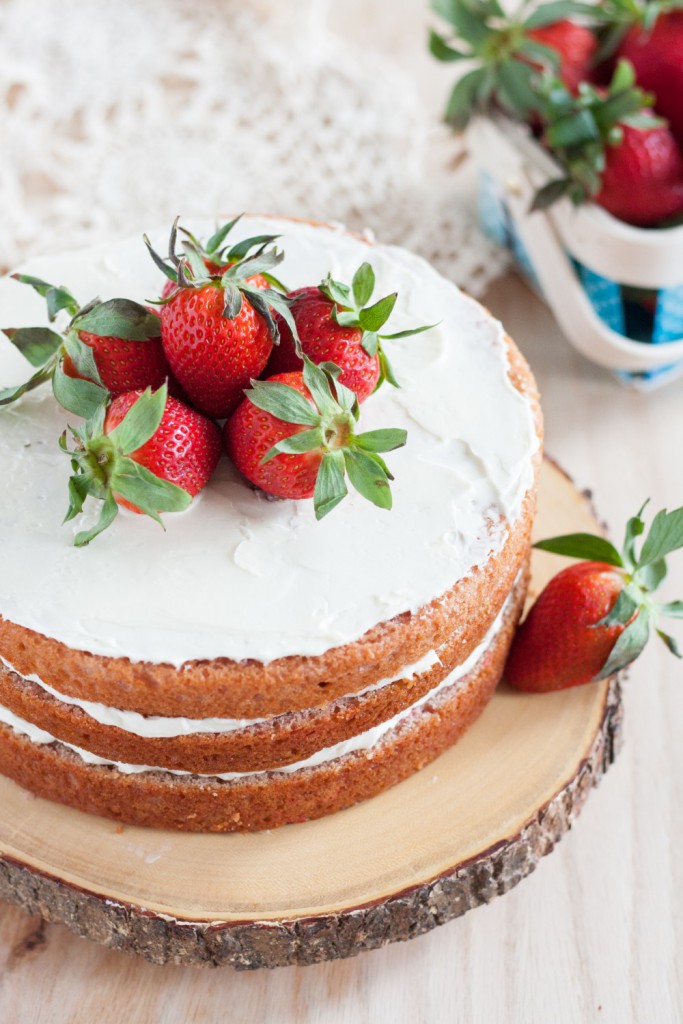
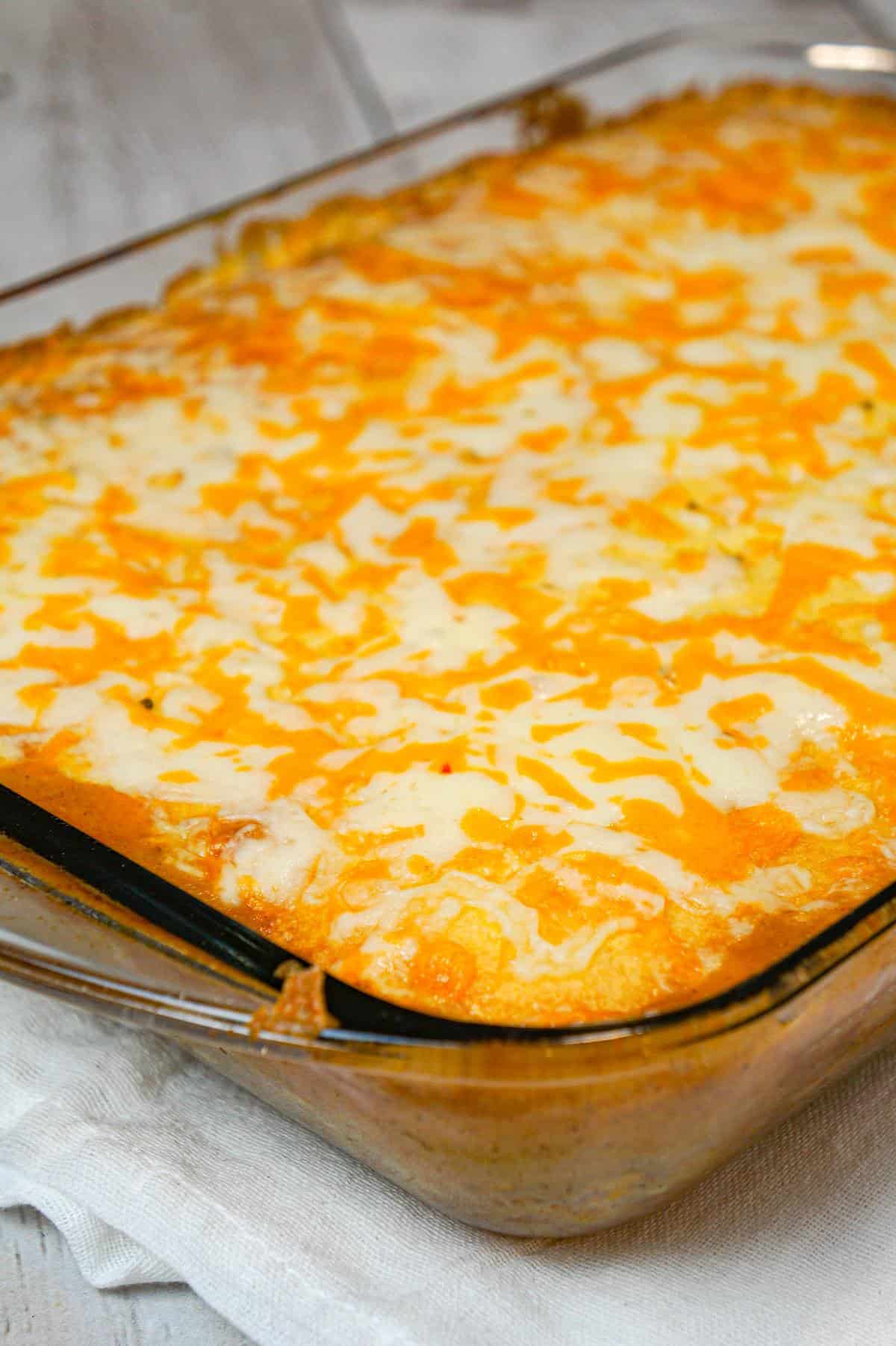
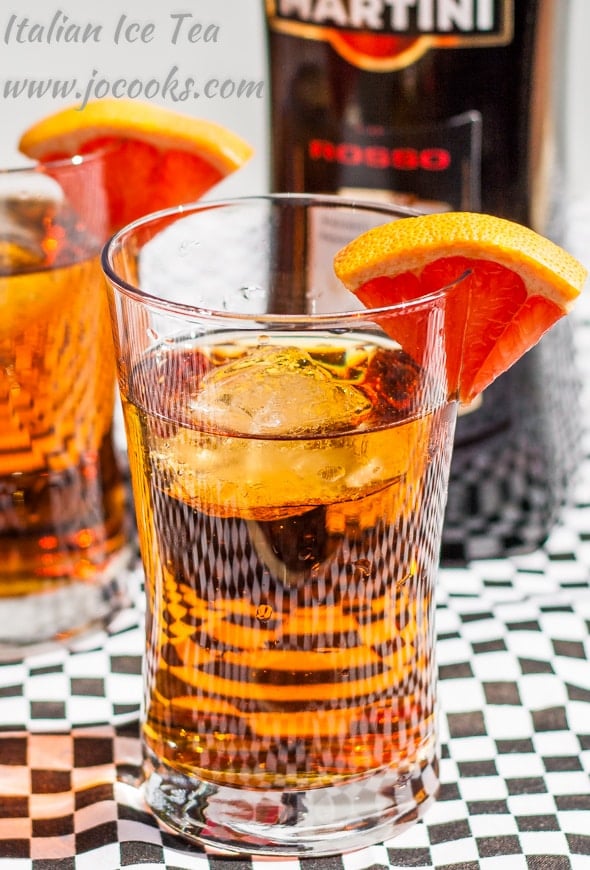
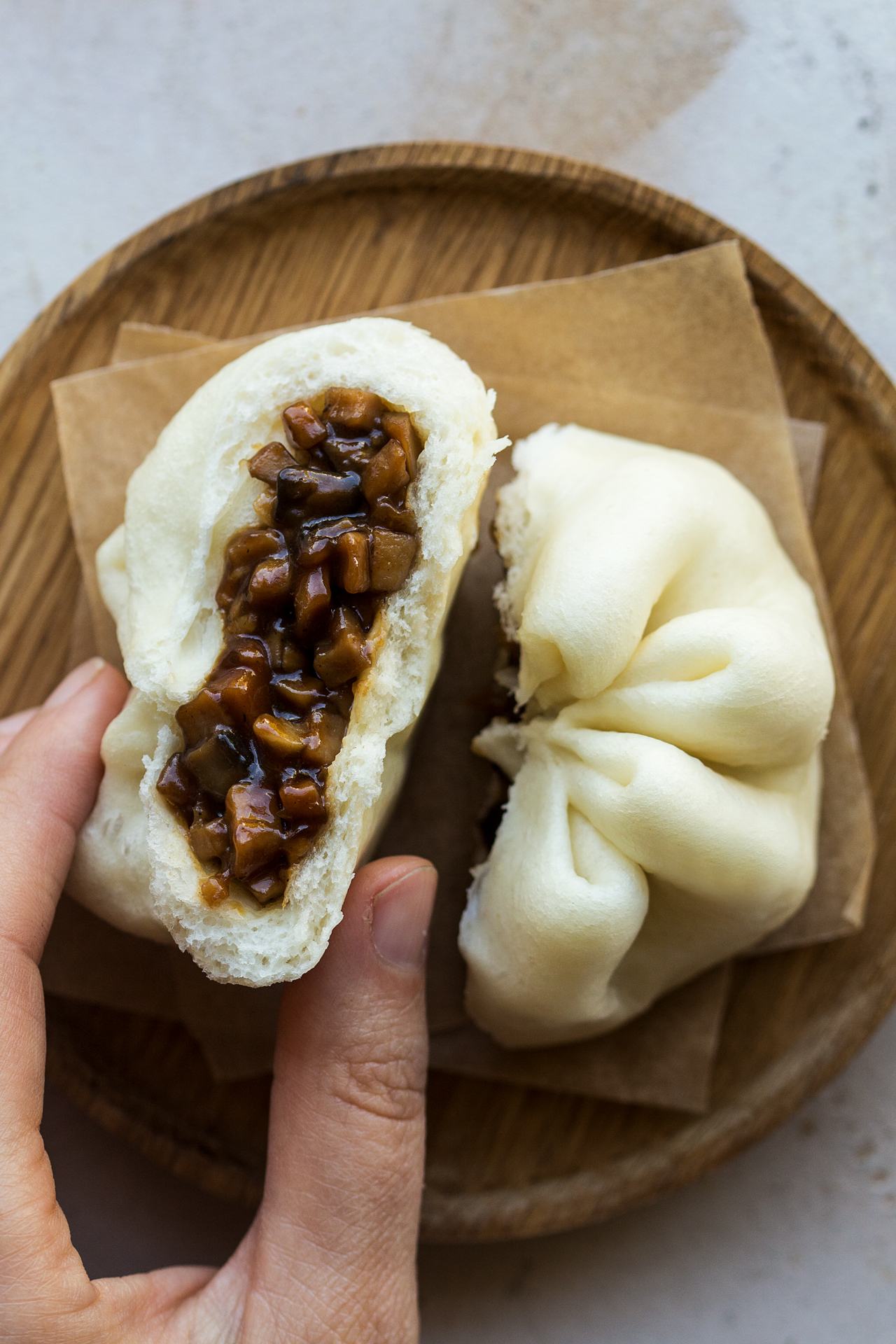

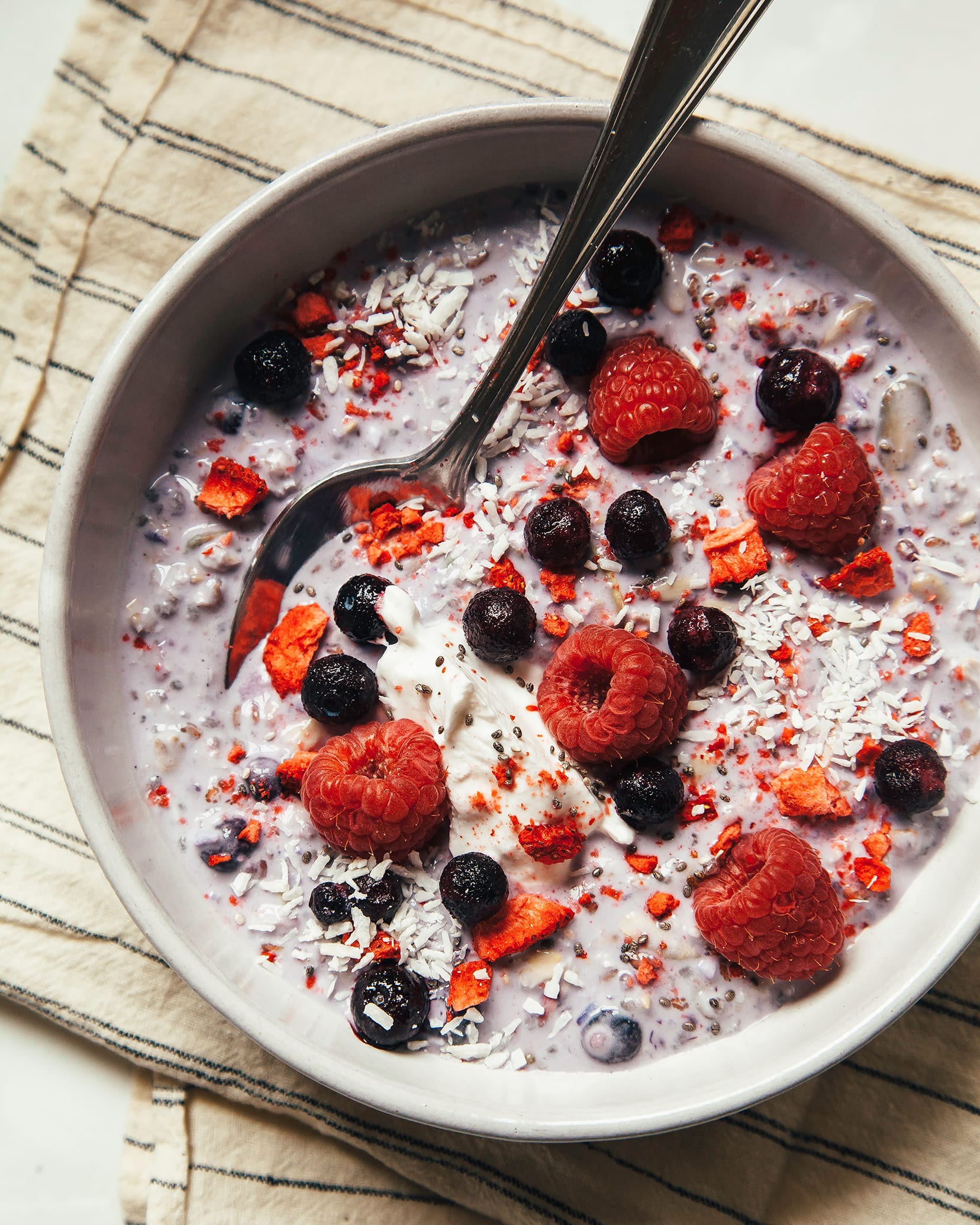

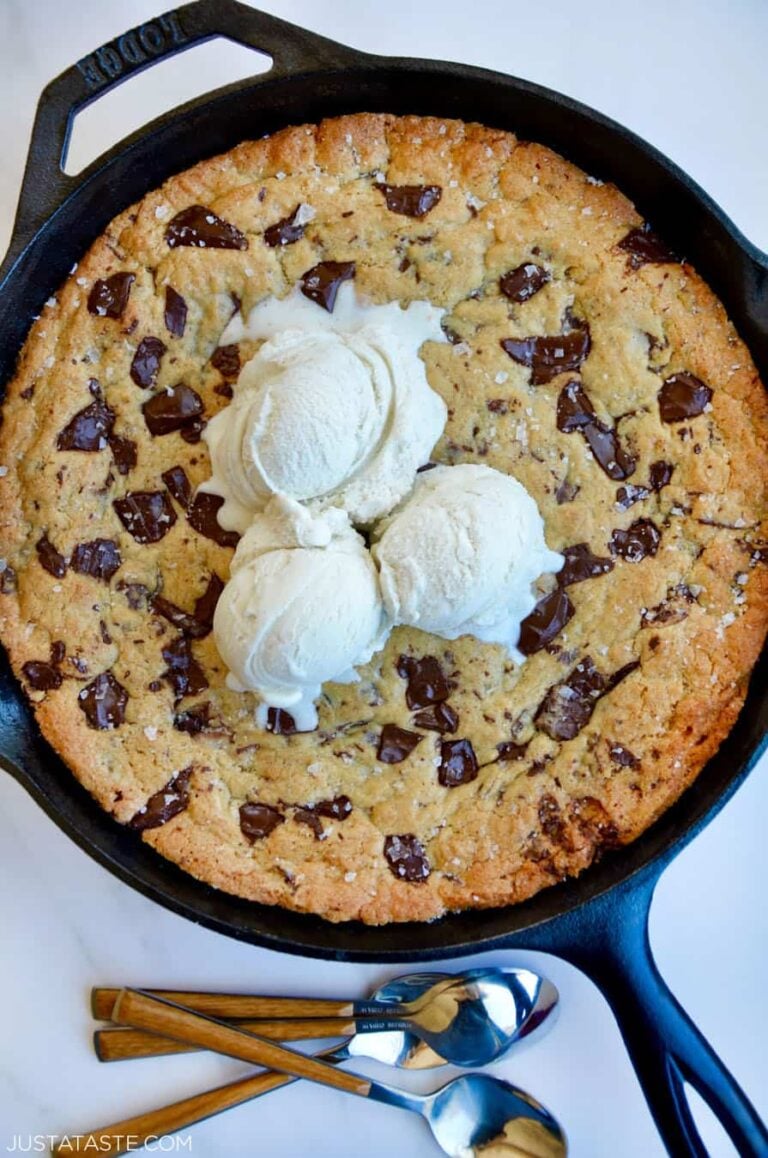
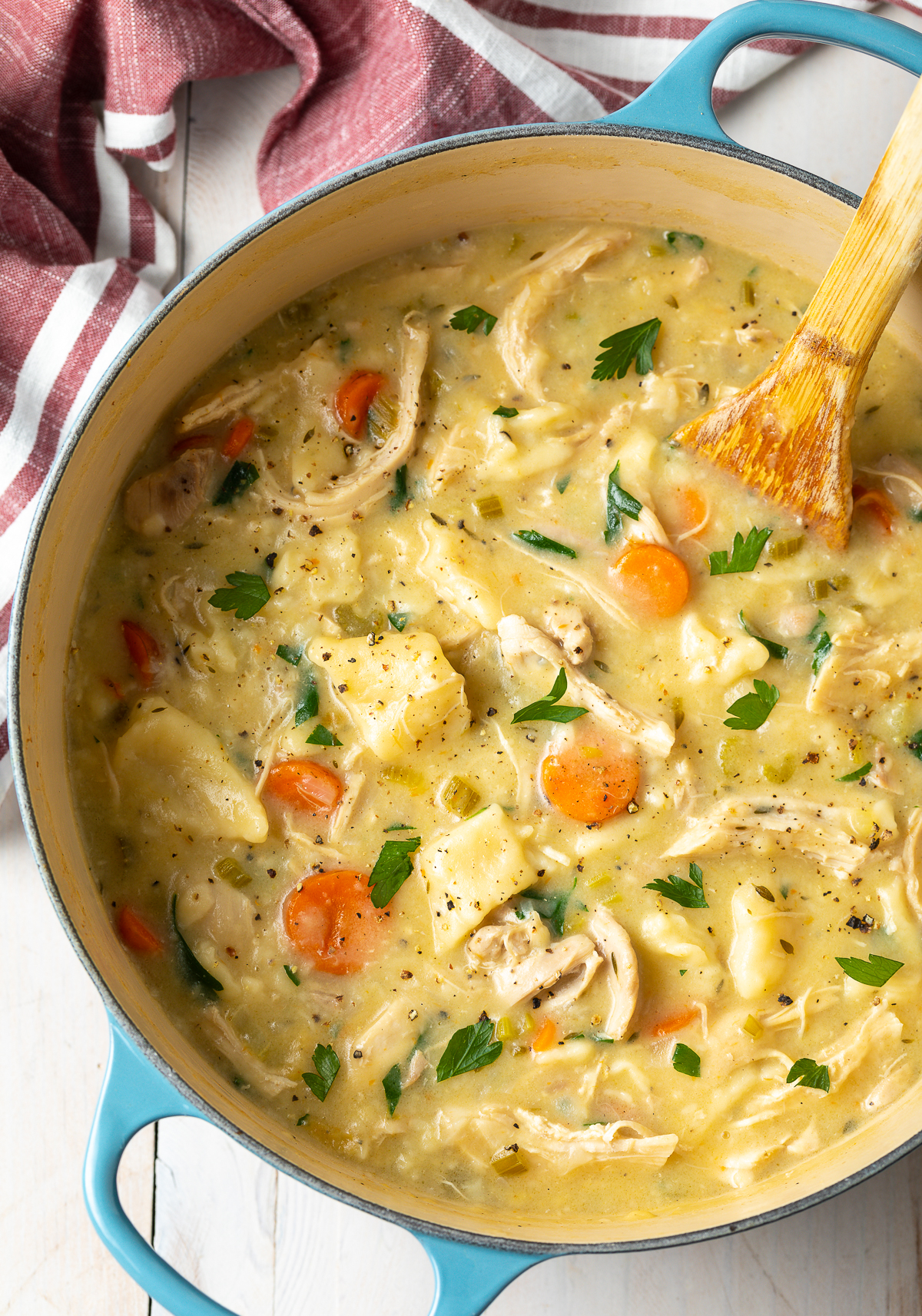



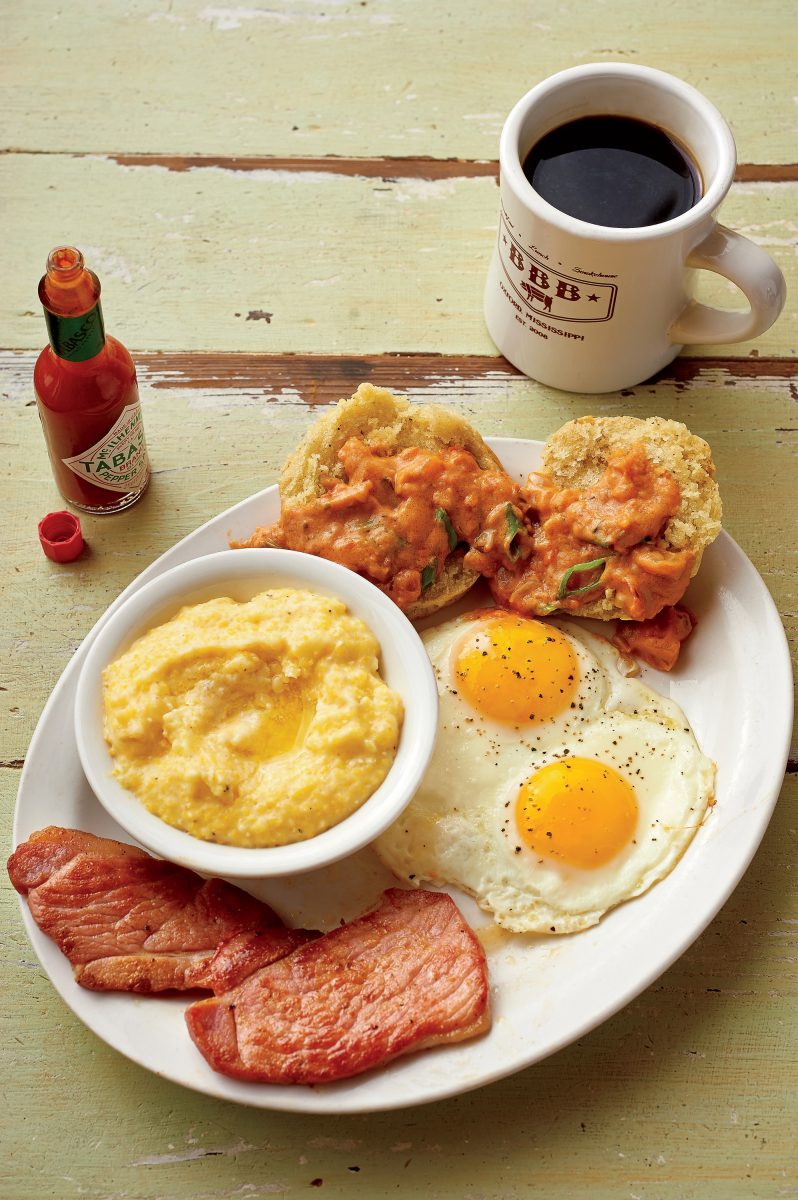

/hot-and-sour-soup-88830008-589374945f9b5874eeefed36.jpg)



